The Complete Story of Daniel Roth: From Breguet to his Eponymous Brand and Jean Daniel Nicolas
Exploring the life and works of one of the founding fathers and consecrated geniuses of modern independent watchmaking.
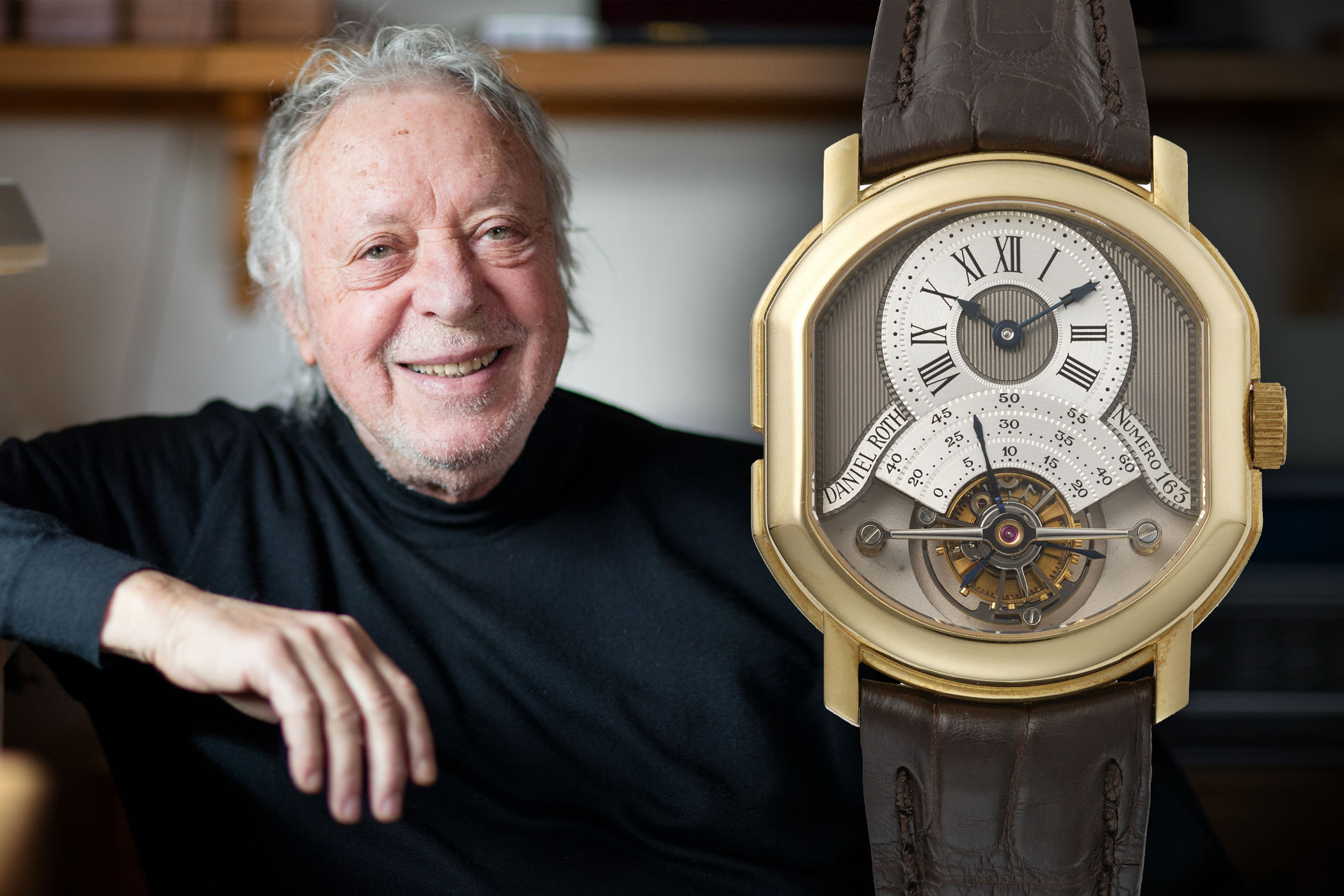
Daniel Roth is one of the most remarkable watchmakers of all time. During his 50-year career, Roth has worked with countless high-end brands and designed dozens of intriguing timepieces with complex technical features, including a Tourbillon with an 8-day power reserve, an instantaneous Perpetual Calendar and a Westminster Grande Sonnerie Carillon with four gongs. Surprisingly, not much is known about his roots and early days. Watch enthusiast Denny Grigolo from Italy undertook the time-consuming task of finding everything there is to know about Daniel Roth’s story. MONOCHROME is grateful and proud to publish an English recap of his four-part research article, Daniel Roth: Storia di un Genio. Paying tribute to one of the most illustrious names in contemporary watchmaking necessarily starts with the story of another founding father of high watchmaking and genius, Abraham-Louis Breguet.

Note: This article has been made possible by collating data from four in-depth articles “Daniel Roth: Storia di un Genio“, written by Denny Grigolo on www.orologidiclasse.com. It was written by Denny Grigolo and translated and edited by Melinda Braaksma. All pictures are courtesy of www.orologidiclasse.com unless mentioned otherwise – opening images are from www.jeandanielnicolas.watch and www.christies.com.
First Years as a Watchmaker and Breguet
Abraham-Louis Breguet is still considered the greatest horologist that has ever lived. Therefore, it should come as no surprise that many great watchmakers have consolidated their own heritage by studying his works in detail. One watchmaker, in particular, studied Breguet’s ideas and techniques, recreating a modern version of what Breguet had invented. His name? Daniel Roth.
Daniel Roth was born and raised in his grandfather’s watchmaking workshop in Switzerland. With timepieces as his toys, a career in the watchmaking profession was a natural step for the talented young apprentice. His first major milestone at the age of 18 was a diploma from the Nice Watchmaking School, allowing him entry to the beautiful world of dials, hands and hairsprings.
Right from the start, Daniel Roth was considered a prodigiously gifted watchmaker. After opening a small workshop, he educated himself by applying a rigorous methodology to his creations. Soon enough, one of the famous brands from the Vallée de Joux – Audemars Piguet in Le Brassus – spotted his talent and transferred him to its workshops where the young watchmaker spent seven years, readily acquiring the essential skills of the trade. As talented as he was ambitious, Roth persuaded the Chaumet brothers to hire him as the technical-artistic director of the newly acquired Breguet brand.
Art direction at Breguet
When the Chaumet brothers -descendants of reputed French jeweller – bought the Breguet brand, the only thing left was a fading memory of its glorious past. Production was all but defunct save for a series of chronographs designed for the French Air Force and Navy. After receiving Roth’s application in 1975, Jacques and Pierre Chaumet decided to entrust him with the formidable task of restoring the name of the greatest Master Watchmaker to its former glory.
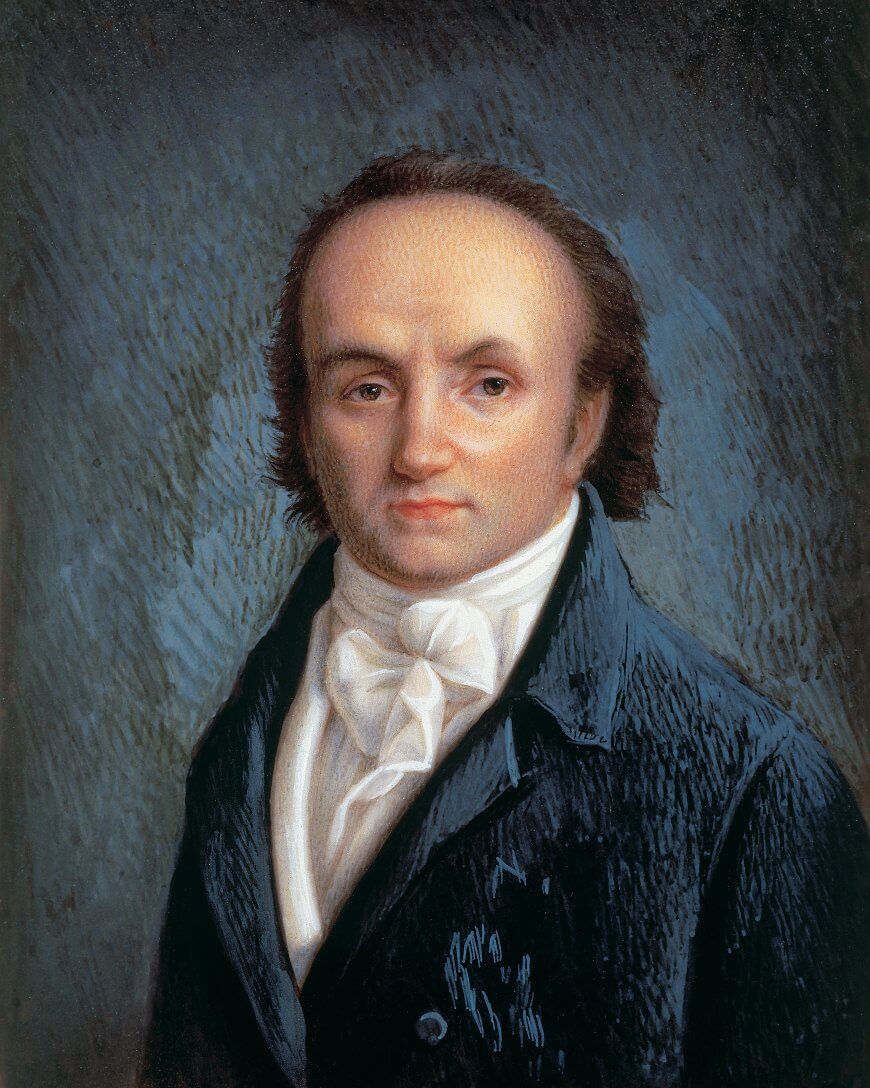
Once Roth had settled in Le Sentier, he spent over a year poring over every possible source chronicling the works of Abraham-Louis Breguet. During this time, he produced a perpetual pocket watch calendar of remarkable workmanship, branded Breguet, which compensated for the cost of his research. Soon enough, it became clear that the new model was a triumph from every point of view. With a clear direction in mind and approval for all his decisions by the Chaumet management, Roth undertook the production of Breguet’s eminently classical repertoire.
Re-inventing the Breguet Style
The coin-edged or fluted middle case is one of the “unmistakable signs” that, to this day, makes a Breguet timepiece recognisable from miles away. The straight lugs, the thin bezel to showcase the dial, the fluted middle case and the cabochon winding crown are all hallmark features of the brand. Precious materials are used for the cases crafted exclusively in platinum or gold. The dials are often solid silver or white gold and are characterised by manual guilloché decoration executed with a rose lathe, a technique that is very difficult to master and of timeless charm.
On the dials, separate silver-framed counters indicate the hours, seconds and other indications, depending on the reference. Flame-blued hands are another trademark referred to as pomme évidée or Breguet hands.
There’s also the secret signature, conceived by A.L. Breguet himself in 1795, executed with a pantograph to prevent counterfeiting. The watches are fitted with high-class Frederic Piguet and Lemania movements (Roth collaborated closely and almost exclusively with Lemania to develop many calibres), finished and customised with great care and respect for tradition.
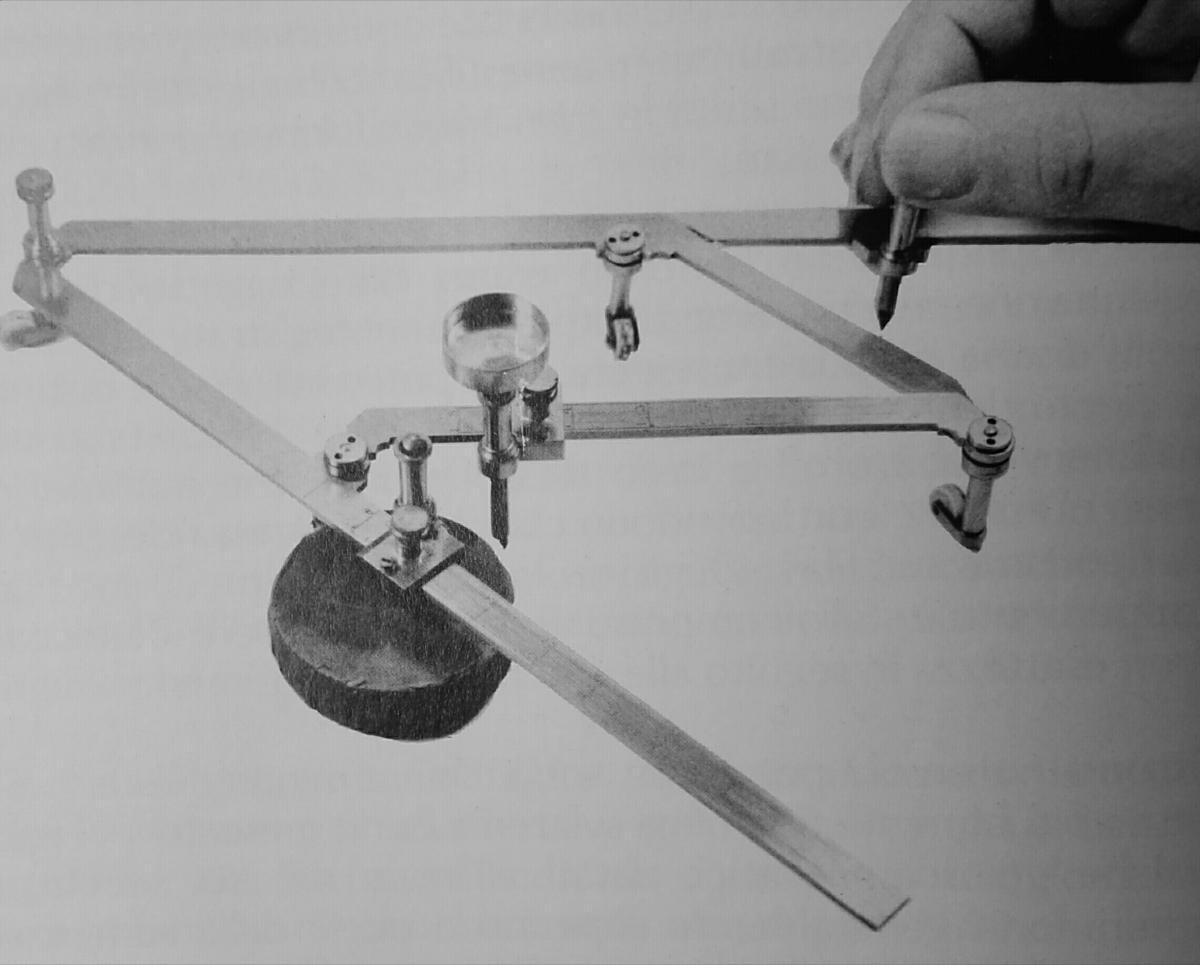
These “unmistakable signs” underscore the identity of Breguet’s technical and stylistic masterpieces. This judicious formula also means that watch enthusiasts recognise Maison Breguet as a custodian of a historic art marked by classical aesthetics and a unique refinement on the watchmaking scene.
References 3130 and 3330
Daniel Roth’s most significant ideas and style of execution are perfectly interpreted by the references 3130 and 3330. Both are inspired by original A.L. Breguet pocket watches: the first references pocket watch no. 5 and the second, pocket watch no. 4579, informally called cinesino by aficionados.
Daniel Roth’s ability to reproduce the two timepieces faithfully is manifest. The proportions are almost perfect, and the guilloché reproduces the textures found of the original. And while less experienced viewers might regard this as a simple task, we are talking about translating a Breguet pocket watch into a wristwatch format – a task that few watchmakers are capable of undertaking, to say the least. Daniel Roth performed this task with extreme respect and skill, consecrating these two references as the cornerstones of Breguet’s renaissance.
References 3230/37 and 3050
Although the two references faithfully reproduced from the original pocket watch models are among the most representative of the collection, we cannot overlook the Chronograph ref. 3237 (or 3230) and the Perpetual Calendar ref. 3050, timepieces that share the abovementioned characteristics.
The ref. 3237 is still considered one of the finest chronograph complications ever made and is fitted with a manual-winding (Lemania 2320) integrated column-wheel chronograph movement with excellent finishings. No cost has been spared in the finishings decorating the movement and dial where manual guilloché, framed counters, fluting and blued hands are the protagonists of an absolutely discreet yet balanced whole.
The ref. 3050 is a classical Perpetual Calendar, considered among the best in its class in terms of value and availability. Powered by a refined calibre (Frederic Piguet 71), it displays an exceptionally symmetrical dial. Of course, this reference also maintains the high-quality standards of artistry and finishings for which Roth is renowned.
Tourbillon
Although the abovementioned references are still among the most appreciated and sought-after by collectors and enthusiasts, the one reference that is most intimately associated with the Maestro’s career has to be the Breguet 3350 Tourbillon. And since the inventor of this device was A.L. Breguet, Roth was determined to revive it for the brand.
It is rumoured that in the mid-1980s there were no more than 500 tourbillons scattered around the world. At the time, only a few watchmakers were experimenting with this device and explains why Daniel Roth became one of the leading experts in the field. The Breguet 3350 is an absolute masterpiece of technique and refined workmanship housed in a 36mm fluted yellow gold, white gold or platinum case.
Breguet’s hallmark features are present: the solid gold dial is decorated with guilloché; the silver hours and minutes counter has a satin-finished chapter ring with an engraving of Breguet’s secret signature, and the numerals are Roman. Moving further down is a beautifully finished one-minute tourbillon with three small seconds hands, each indicating 20 seconds on the scale that intersects the hours and minutes counter. Needless to say, the hour and minute hands are Breguet pomme évidée and flame-blued, as are the three seconds hands and the visible screws. Finally, a finely engraved precious metal area surrounds the tourbillon aperture at six o’clock.
Moving on to the B-side, a large bridge entirely engraved using a burin can be admired through the sapphire caseback. Even today, the tourbillon casts a spell over watch enthusiasts, and with reason. Firstly because it was invented by A.L. Breguet (more out of necessity than as a showpiece) in 1801; secondly, because the rotation of the cage is hypnotic, and thirdly because the name Daniel Roth is intimately intertwined with this device.
From Breguet’s renaissance in 1975 and for the following 13 years under Roth’s technical-artistic direction, the brand flourished, and expectations were amply repaid. However, all good things come to an end, and following a financial scandal, the Chaumet brothers declared bankruptcy in 1988, and Maison Breguet passed into the hands of the Investcorp Group.
Luckily, a new adventure awaited the Maestro in the Vallée de Joux when he went solo and set up a new business under his name: Daniel Roth.
Daniel Roth Flies Solo with his Eponymous Brand
Successfully recreating the Maison Breguet would probably be enough of an accomplishment for most people to rest on their laurels, but not Daniel Roth who chose to carry on and write history himself. Not an easy task, especially if you’re are up against names that have at least a couple of centuries of history behind them. But when tradition, talent and ambition are enthusiastically intertwined, the end product can only be qualified as pure mastery.
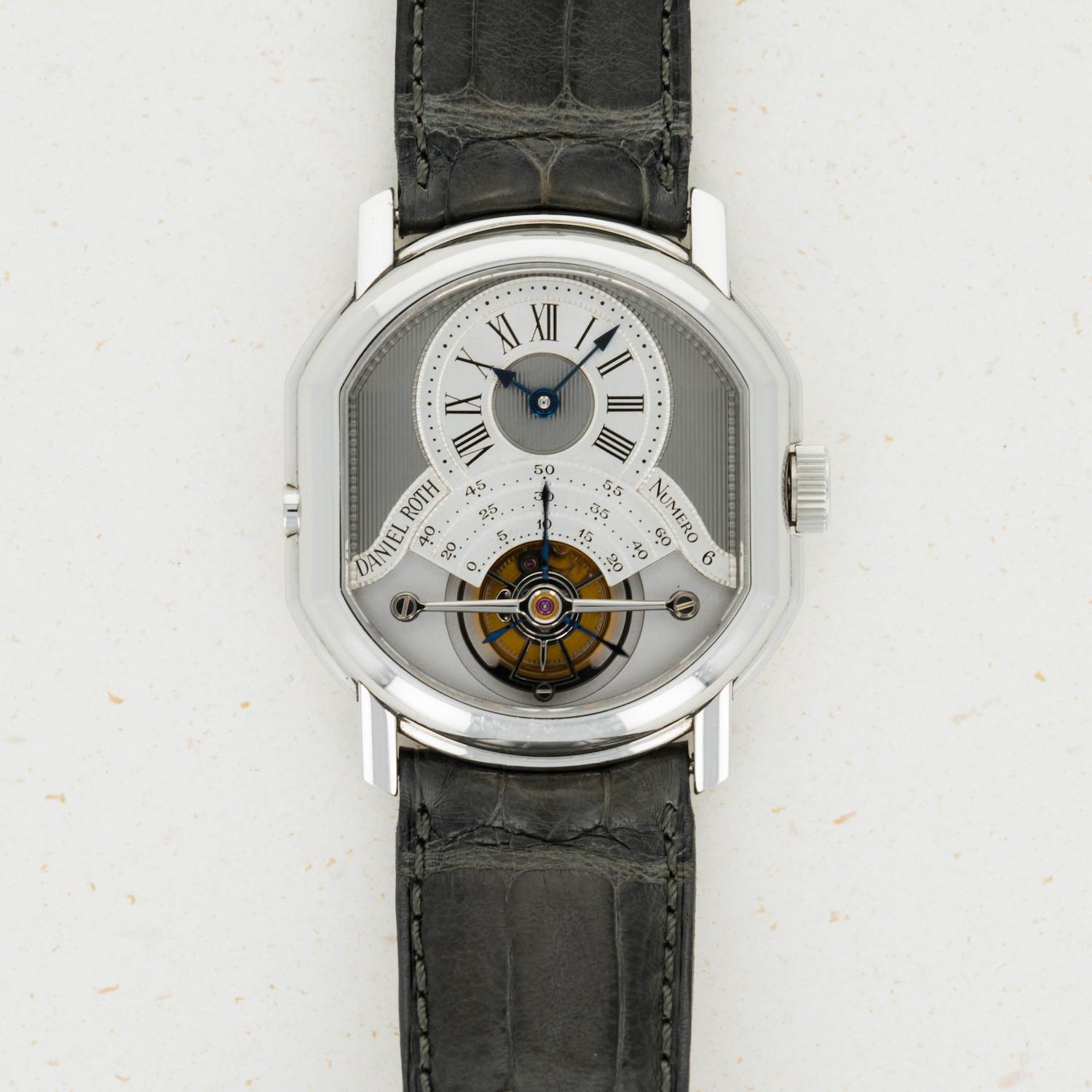
Roth already had a vision of what he wanted his brand to be. No longer a far-fetched idea or a project, he set up his atelier in Le Sentier, the epicentre of fine watchmaking. Realising this vision was a challenge – his ideas were a far cry from the canons laid down by the AHCI (founded in 1985), and from those he developed for Breguet – Roth persevered. In 1988 he determined that his primary objective would be to create high-end timepieces at the highest levels with a limited production intended exclusively for connoisseurs.
Distinctive features of Daniel Roth watches
Fifteen watchmakers were hired for his workshop, each assigned a specialised task. The production costs had to be kept low, and the idea was to transfer all the skills and knowledge that Roth had acquired to his new co-workers. This was where the double ellipse case, a distinctive features of Roth’s watches, was born.

The double ellipse case was produced exclusively in 18k gold or platinum and consisted of three parts: the caseback, the case body and the bezel. The lugs were straight and welded to the central part of the case. The sapphire glass was flat. Even today, it remains one of the most beautiful and impactful cases in the watch landscape.
The base movements used were amongst the best, such as Frederic Piguet, Lemania or Jaeger-LeCoultre. Once in the workshop, all the movements were modified and finished with particular care despite the closed caseback (in most of the early references). Of particular note is that many of the intricate finishing patterns, such as perlage, anglage, Côtes de Genève, polished screws, soleilage and guilloché were executed manually, without the aid of computer-operated machines. In the case of skeletonisation, Roth himself worked on the movements resulting in calibres of the highest order. 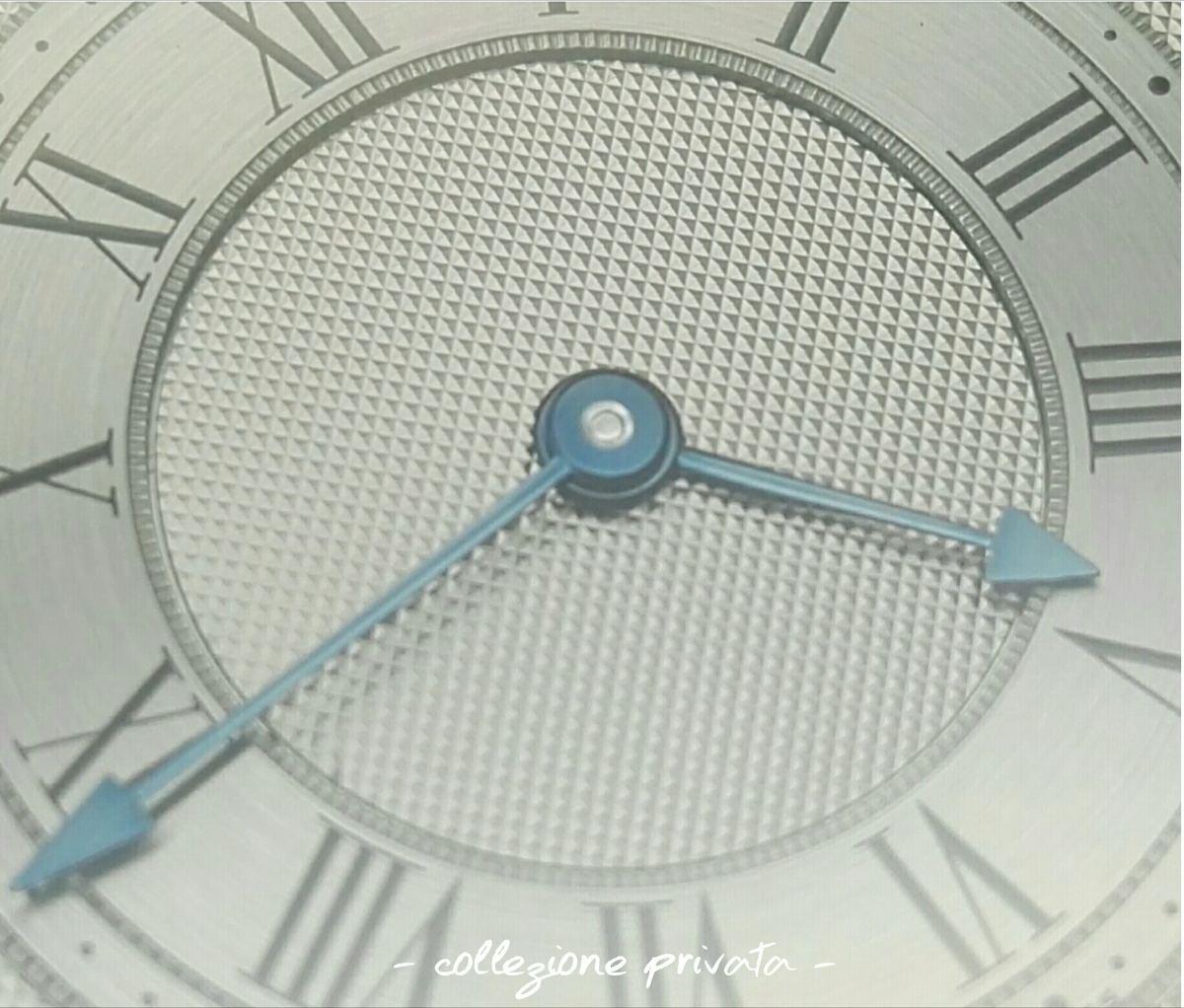
The hands were arrow-shaped and made of blued steel. The dials executed in multi-level gold, following the British style, were finely hand-decorated with guilloché with a predominance of ligné (lined) and Clous de Paris patterns. There were refined knurlings (a pattern of straight, angled or crossed lines) and silver counters that often intersected. The Roman numerals were engraved with a burin (except rare cases) and then carefully filled by hand. Finally, the dials displayed the full name DANIEL ROTH and the unique number of the watch – many elements that are reminiscent of his work at Breguet.
Using traditional craftsmanship, stylistic innovation, precious material, and small production quantities, Roth found a formula for writing an important page in watchmaking history. Looking at his portfolio, you must admit that a talented genius was at work here.
The first series – 1990-94
Stylistic coherence characterised every single masterpiece. By adapting processes and solutions during his experience at Breguet, Roth unveiled his first series of watches. The abovelisted features listed remained almost identical for each model throughout future production.
Daniel Roth C107 Extra-Plat
The reference C107 was the perfect expression of an elegant dress watch. It was discreet with a reduced thickness, which enhances the shape of the case that sits perfectly on the wrist. A careful inspection reveals the finesse of its sophisticated classicism.
The case in yellow, white or pink gold, with a size of 35mm x 38mm and a height of 6.7mm, housed a nicely finished Frederic Piguet 71 automatic calibre, which is among the thinnest ever produced, with a decentralised rotor finished with a guilloché pattern. The dial is made of solid white gold with guilloché and a Clous de Paris decoration, or in grey gold with line guilloché, a fluted rim near the bezel and the chapter ring in satin-finished silver with Roman numerals. The blued-steel hands were arrow-shaped. A version with a black gold dial with Clous de Paris and silver hands was also available.
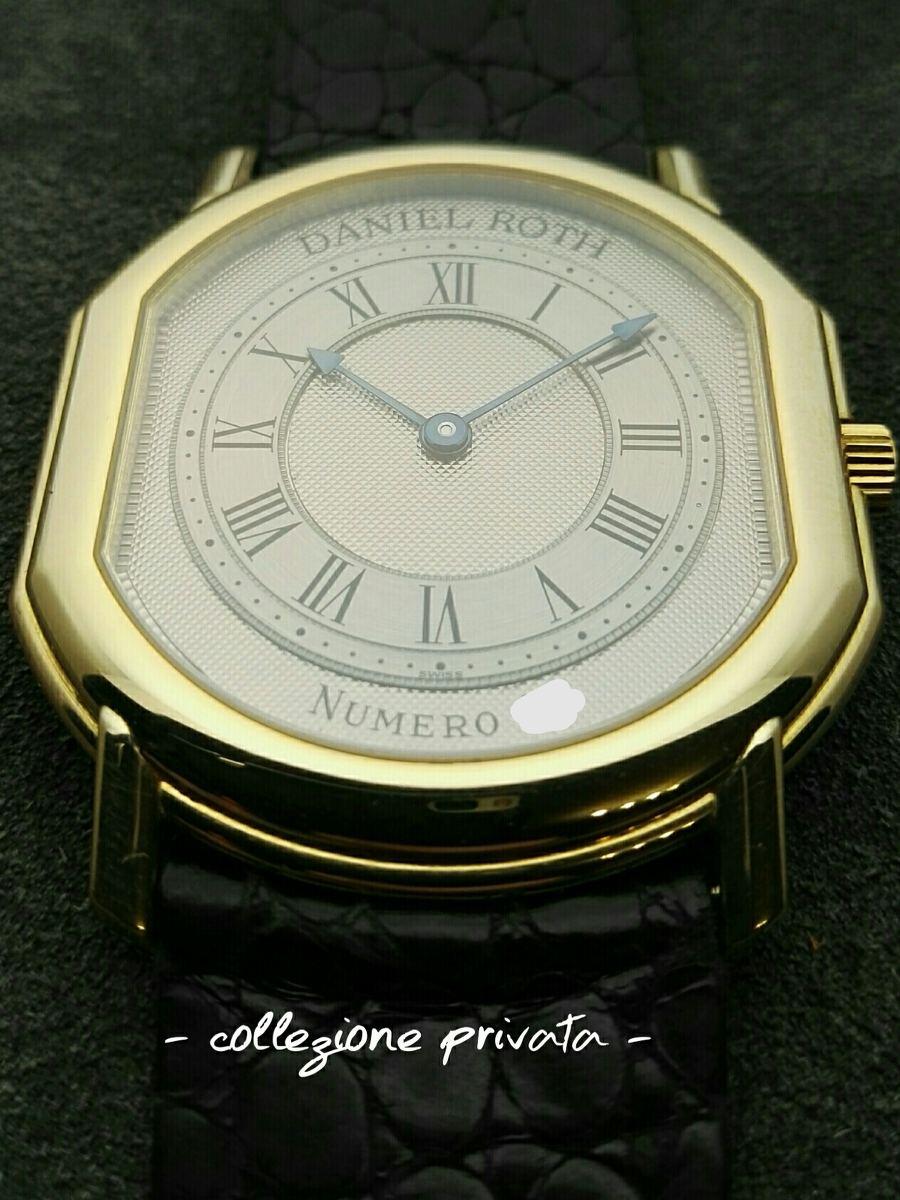
The Daniel Roth C107 is not the only model in the collection to fit into the dress watch category. In fact, there was also the C167, a hand-wound midiplat (or midplat), with a splendid Frederic Piguet 21 movement finished with the utmost care. Measuring 34.5mm x 31.5mm and a thickness of 6.8mm, the case was always gold (yellow, white, pink), and the gold dial was decorated with guilloché (there was also a version with an onyx dial).

Daniel Roth C147 Two-counter Chronograph
The ref. C147 is the two-counter chronograph that Daniel Roth presented in his first series. There was also ref. C147S, a skeletonised watch, in which the Master shows his ability to open plates, bridges and barrels and perform refined hand engravings using a burin.
The cases of the C147 were gold (yellow, white, pink) or platinum and measured 35mm x 38mm with a height of 10.6mm. Inside was a hand-wound Lemania 2320 movement, finished according to the specifications of the Maison. The dial was solid gold (white, grey, black) with ligné or Clous de Paris decorations. It had an hour and minute chapter ring and satin-finished silver chronograph sub-dials. The hands were flame-blued (except in the version with a black gold dial where they are silvered).
There is also a reference (produced in small quantities and therefore very rare) with a Venus 179 rattrapante chronograph movement.
Daniel Roth monopusher chronograph
The monopusher chronograph is a limited edition of 52 pieces. The movement dates back to the 1930s and is a hand-wound Lemania 2220 adapted with essential changes to the double ellipse case in yellow gold or platinum. The case measurements increased to 38mm x 41mm with a height of 11.5mm. The caseback has a sapphire crystal that reveals the movement. The grey gold dial was for the 16 pieces produced in platinum, while the soft rose gold colour was for the 36 pieces in yellow gold.
Daniel Roth C127 Retrograde
The reference C127 is one of the most successful masterpieces made by Daniel Roth. Absolute technical know-how in its complication and a dial designed with an incredible savoir-faire, with a depth and elegance difficult to find in other timepieces. Roth found his inspiration in a pocket watch created by George Daniels, one of the greatest watchmakers of the century.
The gold (yellow, pink, white) or platinum cases measured 35mm x 38mm with a thickness of 10.7mm and contained a hand-wound Lemania 27LN movement, finished at top level and modified to hold a retrograde complication. The solid grey gold dial featured a ligné finish and the hour-minute-seconds rings were satin-brushed silver with Roman numerals. The hands were flame-blued. This model also exists under the reference C127S, a skeletonised version produced in small quantities. Note: this version has Arabic numerals. The degree of skeletonisation and engravings was extremely high.
Daniel Roth C117 Semi-Instantaneous Perpetual Calendar
The Daniel Roth C117 was a project conceived and created with Philippe Dufour. The first prototype was presented in 1991. On paper, it was destined to become the first entirely instantaneous perpetual calendar, with all indications jumping at midnight. Unfortunately, due to technical problems related to the instant jump of the calendar discs, it didn’t see the light of day until a semi-instantaneous version appeared in 1995. Nevertheless, it can still be considered an important novelty, and its valuable stylistic features still make it one of the most refined perpetual calendars ever produced.

The case is in 18k gold (yellow or pink) and measures 35mm x 38mm with a height of 11mm. The movement inside was a self-winding Lemania 8810 base movement and an additional plate for the ETA-derived calendar module, all finished according to the high standards of the brand. The solid grey gold dial featured a guilloché ligné pattern; the silver rings displayed a satin finishing with Roman numerals to indicate the time and Arabic numerals for the calendar displays, and the hands were flame-blued.
Daniel Roth C189 Minute Repeater
One of the most esteemed complications also found a place in the Roth collection: the minute repeater. If it were not for the difference in thickness, one could even mistake it for the extra-plat since the dial had identical characteristics. Yet, the case side left no doubt about its functionality with a trigger to engage the minute repeater.
Three gold versions (yellow, white, pink) were produced with a case of 38mm x 37mm and a height of 10.8mm. The movement was a Lemania 389, which was finished with extreme care. The grey gold dial featured ligné decorations, the satin silver hour ring had classical Roman numerals and the hands were flame-blued.
Daniel Roth C187 Tourbillon
The reference C187 is probably the best creation of Daniel Roth under his eponymous brand. An absolute masterpiece both from a technical and stylistic point of view. The model has an overall harmony that still today makes it one of the most desired tourbillons of the era. Admiring this masterpiece sums up all the experience gained by Daniel Roth up to that moment in time. You can see the soul and determination he must have had to make this his best creation ever.
The case is in 18k gold (yellow, white, pink) or platinum, measuring 35mm x 38mm with a height of 11mm. The movement is derived from the hand-wound Lemania 387, modified and finished at the highest levels. On top of the tourbillon cage are three hands of different lengths, each of them running precisely along the 20-minute graduated scales. This improves and simplifies the display of the seconds compared to the previous creation performed in a Breguet tourbillon (the 3350).
The dial is solid gold and has a grey colour with guilloché of ligné type, the hour-minute disc has the classic Roman numerals and is in satin-brushed silver as well as the frames that indicate the number of the watch, the brand name and the seconds. Refined decorations divide the various elements on the dial and the hands are flame-blued.
This reverse side of this reference is also rather unique and features a secondary dial on the back with a date sub-dial and a power reserve indicator, which thus keep the front dial clean. However, small quantities without this additional dial were produced, and feature a single plate engraved and decorated with a burin, just like the Breguet 3350 Tourbillon. Finally, there’s also the reference C187S, a skeletonised version of the Daniel Roth tourbillon.
Interesting facts about the early Daniel Roth watches
- Thanks to the great demand of the Italian market, 10 steel versions of the following references were created: C107, C117, C147 and C187. At the time, the Italian market had a strong influence on the success of various luxury watchmakers. It is no coincidence that many Daniel Roths were sold in Italy, testifying the importance of this market.
- The presentation box of the first series was a black counter box with a rectangular black leather box inside both marked with the initials DR. The warranty and authenticity papers were signed by the Master and contain all the characteristics of the timepiece.
- From the moment Daniel Roth opened his atelier to the year 1994, there is no precise figure of how many watches came out of the workshops. It is rumoured that no more than 400 watches were produced per year.
- The reference with the largest production numbers is, surprisingly, the C187 Tourbillon.
Daniel Roth under The Hour Glass & Bvlgari
Daniel Roth’s autonomous production lasted from 1988 to 1994. Six full years under which Roth created some of his most important pieces, creating an instantly recognisable style, but also defining the concept of modern independent watchmaking. The brand was successful from a creative and a production perspective, but, for reasons that are still unclear today and linked to the economic situation of the time, Daniel Roth transferred the majority of his shares to Singapore-based The Hour Glass Group.
With the intention of increasing turnover, the new owners decided to adopt a new strategy and to attack the market with more affordable timepieces, favouring the more sporty types, using less precious materials in a clear strategy to reduce costs. The gold or platinum cases were often replaced by stainless steel equivalents, the multi-level gold dials with guilloché patterns were replaced by stamped dials with bright colours, the Roman numerals were exchanged for Arabic ones, the flame-blued hands were painted, and in some cases, the dimensions were increased and new, integrated bracelets appeared for the first time in the history of the brand.
However, the final result was often rather poor and disappointing in many aspects, an incredible involution both in terms of lines and production techniques. The market did not respond positively to the distorted and hybrid timepieces that had lost their identity. In 2000, THG had to file for bankruptcy and to leave everything in the hands of another well-known group.
Watches carried over from the first series
Under the THG direction with its questionable dials and simpler processes, the genius of Roth still managed to creep into some of the watches. Roth still has something up his sleeve and some noteworthy models from this period are based on his very first production series, despite being practically marginalised by the new owners. On the price lists some references of the first series were available for a few years.
Daniel Roth C207 and C257
Both references C207 and C257 refer to the initial concept of Daniel Roth, in fact, they perfectly embody the idea behind the first series. The reference C207 has an 18k gold case (yellow, white, pink) and measures 35mm x 38mm with a height of 8mm. It is powered by a carefully finished automatic movement of Lemania origin. The grey solid gold dial is guilloché with satin silver sub-dials. The numerals are Roman and the hands with the classic arrow shape are flame-blued.
The reference C257 has the same characteristics, the difference is in the size that is reduced to 34.5mm x 31mm, and a height of 7.2mm. Regarding the latter reference, a small number of timepieces with a beautifully finished hand-wound JLC movement was produced in 1995.
Daniel Roth C117
As already mentioned, at the beginning of the 1990s, the prototype of the instantaneous perpetual calendar was presented, but it wasn’t launched until 1995 in a semi-instantaneous version. Subsequently, the skeletonised version was presented with hands instead of discs indicating the day of the week and the month, which means that the project was completed and had reached its goal. In the following years, the final version appeared (changing the time base) just as it was conceived with the instantaneous calendar, showing the right indications on the discs.
Daniel Roth C317 Papillon
For obvious reasons, the reference C317 is considered by collectors as the last real creation of Daniel Roth himself. It was released in a limited version of 250 pieces (110 white gold, 110 rose gold, 30 platinum) in 1998 to commemorate the 10th anniversary of the brand. It is a true technical masterpiece paying homage to the first series produced by Roth.
The watch boasts a jumping digital hour display (from 1 to 12 without distinction of day/night) through a generously sized window. The minutes use a retrograde indication, following a 0-60 scale almost entirely covered by the central seconds. At first glance, you can sense the mechanical complexity of having such a sophisticated display in a classic timepiece.
The iconic double ellipse case measures 35mm x 38mm with a height of 9.8mm; the base movement is a self-winding Girard-Perregaux GP3000; and the dial is finished in silver/ruthenium (Daniel Roth was one of the pioneers in the use of ruthenium) finely decorated with two different types of guilloché. The matte silver counters are framed by a knurling pattern and the numbers are Arabic for the hours and for the minutes. The hands are flame-blued.
The Bvlgari Era
When the Singapore-based THG group acquired a majority stake in Daniel Roth, the idea was to relaunch the brand with a completely different product, making it more accessible and sportier with watches that were different to the initial identity of the brand. The formula was somewhat confusing and the market did not respond positively, forcing the THG group to sell the brand after declaring bankruptcy.
Daniel Roth was then acquired by Bulgari (which also bought Gérald Genta). However, the Italian group specified the sale of all shares, including those of Daniel Roth himself.
The Bvlgari philosophy
Unlike the THG group, Bvlgari’s management decided to give the newly acquired brand a clearer direction. Many timepieces were produced and some, although not adhering to the founding principles defined by Roth in the early years, were noteworthy. Minute repeaters, tourbillons, perpetual calendars and big dates were just some of the complications that Bvlgari decided to include in Daniel Roth watches. The cases increased in size and were slightly modified (such as the crown that was partially set into the case body). The dials were heavily modified with new designs and new finishing techniques, such as enamelling (for example in the Athis III model) and the return of guilloché patterns – some from traditional lathes, others using digitally controlled machines.

The base movement that was used in most of the models (known to be reliable and capable of hosting complications) was still the GP3000. Other outsourced movements were used, and most of them were of high execution.
Daniel Roth Reference 307 Minute Repeater
Compared to the first Minute Repeater created by Roth, this reference differed in dimensions and height (39mm x 36mm and a height of 7.5mm), the case was gold (pink, white) or platinum, and it had a small seconds display. The gold dial with a ruthenium-finish was decorated with two guilloché patterns. The movement was the calibre 13000 by Gérald Genta (made possible by the fusion of both brands under the Bulgari group).
Daniel Roth Reference 197 Tourbillon
The tourbillon watch also changed style, the gold case (pink or white) increased to 43mm x 40mm and a height of 12.9mm, introducing an open caseback to show the second dial with date and power reserve. The movement was still provided by Lemania, and was excellently finished. The dial had a rather coarse Clous de Paris pattern compared to the models of the first series and it was executed in solid gold with a silver finish. The tracks next to the tourbillon (still in matte silver) also changed shape, which meant that the cage of the tourbillon had to change. The plate underneath was no longer matte but finished with Geneva stripes. Hands were still blued, using the classic Roth arrow design.
Daniel Roth Reference 208 Datomax
This reference was presented shortly after the acquisition of Daniel Roth by the Bvlgari Group. It was a pleasantly designed timepiece with an 18k gold case (yellow, pink, white) of 35mm x 38 mm and a height of 8.6mm. It contained a GP3100 movement, finely finished and decorated.
The dia solid argenté gold featured ligné or Clous de Paris decoration. The matte silver chapter ring housed generously sized Roman numerals. The complication on this reference was the large date which was composed of two overlapping discs, one of them in sapphire. The hands are flame-blued steel.
The Rebirth with Jean Daniel Nicolas
In 2000, Daniel Roth definitively left the company he created and was free to determine his own future. With his impressive know-how, he could have followed a safe path by settling in any Maison in the Swiss Jura. However, being practically neighbours, Philippe Dufour helped Roth visualise his future. Marketing, boards of directors and financiers are worlds where Daniel Roth does not belong: his only mission is watchmaking expressed at the highest level. In 2001, Daniel Roth decided to launch his own project based in Le Sentier: a new brand named Jean Daniel Nicolas.
The Jean Daniel Nicolas Project
In 2001, and now 55 years old, Daniel Roth started the second part of his career as an independent watchmaker with the creation of Jean Daniel Nicolas. Freed from constraints and structures, Daniel Roth decided to dedicate all the knowledge he had earned over the years, and in the new project everything is executed at the highest possible levels.
Few parts are sourced from outside the manufacture, only springs, rubies, glasses and cases. All the rest is produced in the most traditional way and above all by hand, without the aid of digitally controlled machines. Hands, plates, wheels and barrels are just some of the components created at his workshop and it is obvious that the level of finishing is as high as can be expected. And it is precisely in this way that Daniel Roth returns to his great love, the Tourbillon, the one he encountered at Breguet many years before. His two-minute tourbillon is the only wristwatch Roth makes today, delivered at the rate of just two watches a year.
The Jean Daniel Nicolas two-minute Tourbillon
Jean Daniel Nicolas’ production is based solely and exclusively on this complication and the whole project takes place in the functional improvement of the use of the timepiece, with aesthetics always at the service of performance.
Two versions of the two-minute tourbillon are available, both are united by the same quality. The substantial difference is in the shape. A version with a classic round 39mm case and a 40.7mm x 32.7mm shaped version, which bears the stylistic characteristics of his ellipse cases from the past.
Jean Daniel Nicolas’s two-minute tourbillons fully represent the concept of “the definitive watch.” Discreet dimensions, precious materials, superb craftsmanship, small production quantities are just some of the aspects that define this production. The movement, entirely created in Daniel Roth’s own workshop from scratch, has a power reserve of 60 hours supplied by two barrels, a frequency of 18,000vph and is presented through the open caseback with a unique plate in German silver – not rhodium-plated – in order to obtain a more vivid brilliance in the engravings and decorations.
As for the decoration, it seems that the Master took inspiration from an old American pocket watch that had an unusual Côtes de Genève finish. Falling in love at first sight with this decoration, he decided that he would adopt it to his two-minute Tourbillon, the main feature is the semicircular movement given by a rather complex technique, at least compared to the classic Côtes de Geneve. To date, Daniel Roth is the only one to produce timepieces with this type of refined decoration. The anglage is expertly done by hand, and so are the engravings.
As for the dial, there’s an undeniable Roth style, with Roman numerals in the upper part of the dial – with an arched track that indicates the power reserve with Arabic numerals – and in the lower part, there’s the Tourbillon. And it is precisely this two-minute tourbillon that represents the technical and aesthetic maturity of the Master. Compared to early Roth models, the seconds scale is positioned in the lower part of the dial. It is indicated alternately by two hands of different colours (one in gold and one in blued-flame steel) matching the cage. A complex and finely finished bridge sits on top, with impressive decoration mixing anglage and polishing.
Facts about Jean Daniel Nicolas
- The name Jean Daniel Nicolas is formed by the first names of the members of the Roth family: Jean is Roth’s son, Daniel is obviously the Master himself and Nicolas is his wife
- The Jean Daniel Nicolas two-minute tourbillon has the unusual feature of having the third wheel fixed and the fourth wheel mobile inside the cage, while usually, it is the opposite
- The flame-blued seconds hand is made of steel, which adds weight to the cage and makes adjusting the tourbillon a challenge
- To date, Jean Daniel Nicolas produces two timepieces a year on commission-basis only and it seems the goal is to increase production to three pieces
- To date, around 30 tourbillons have been produced between the two shapes
Concluding words
Talking about Daniel Roth always elicits intense emotions. Information is not readily available and the modesty of the Master, together with his modus operandi, have contributed to creating an image that goes beyond watchmaking itself.
The merit of having resuscitated Breguet would have discouraged any daredevil once the adventure was over, yet with determination and talent, Roth built a new concept while remaining faithful to traditions, placing his name on timepieces that will remain for posterity.
You can read the four in-depth articles “Daniel Roth: Storia di un Genio” written by Denny Grigolo on www.orologidiclasse.com.

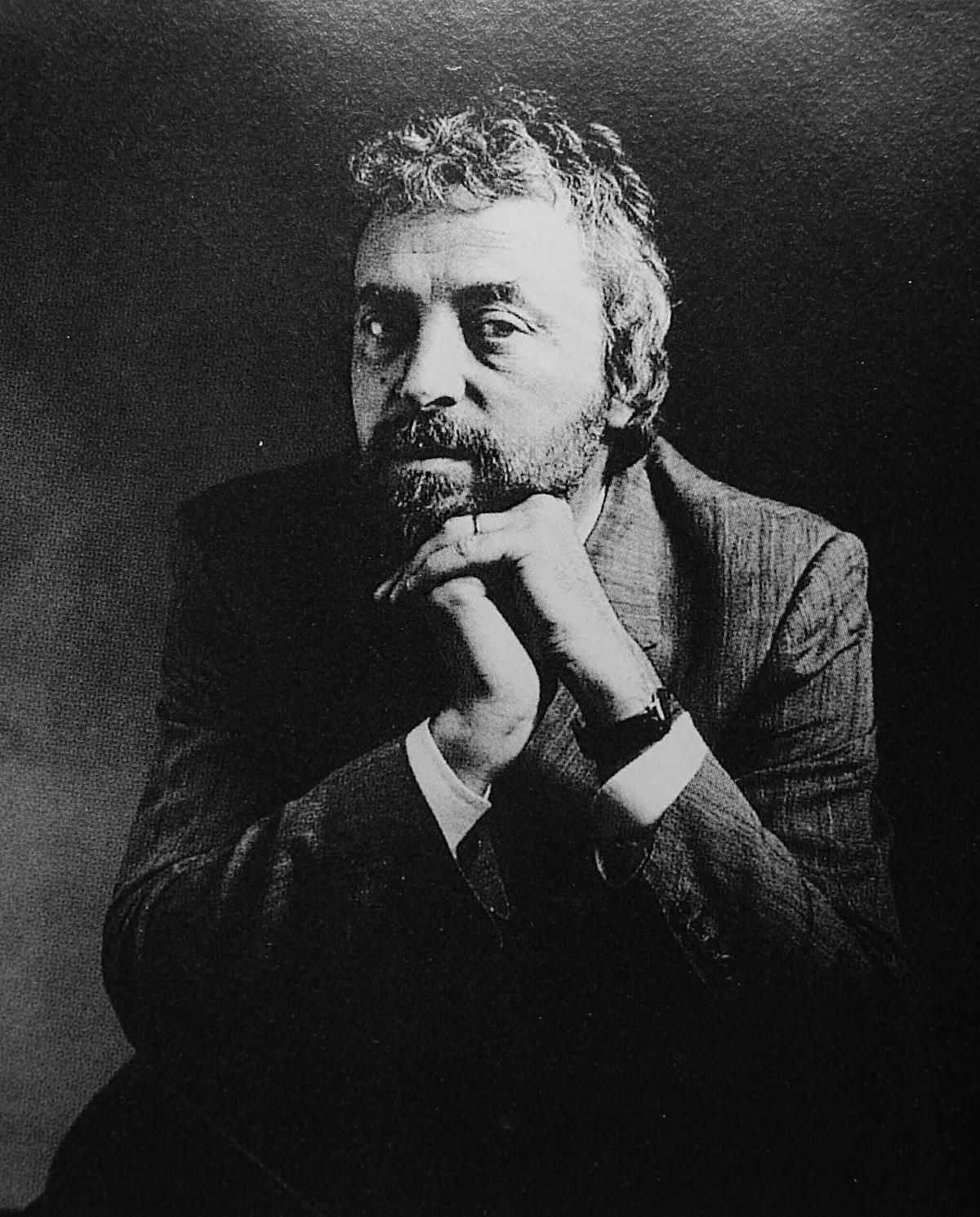


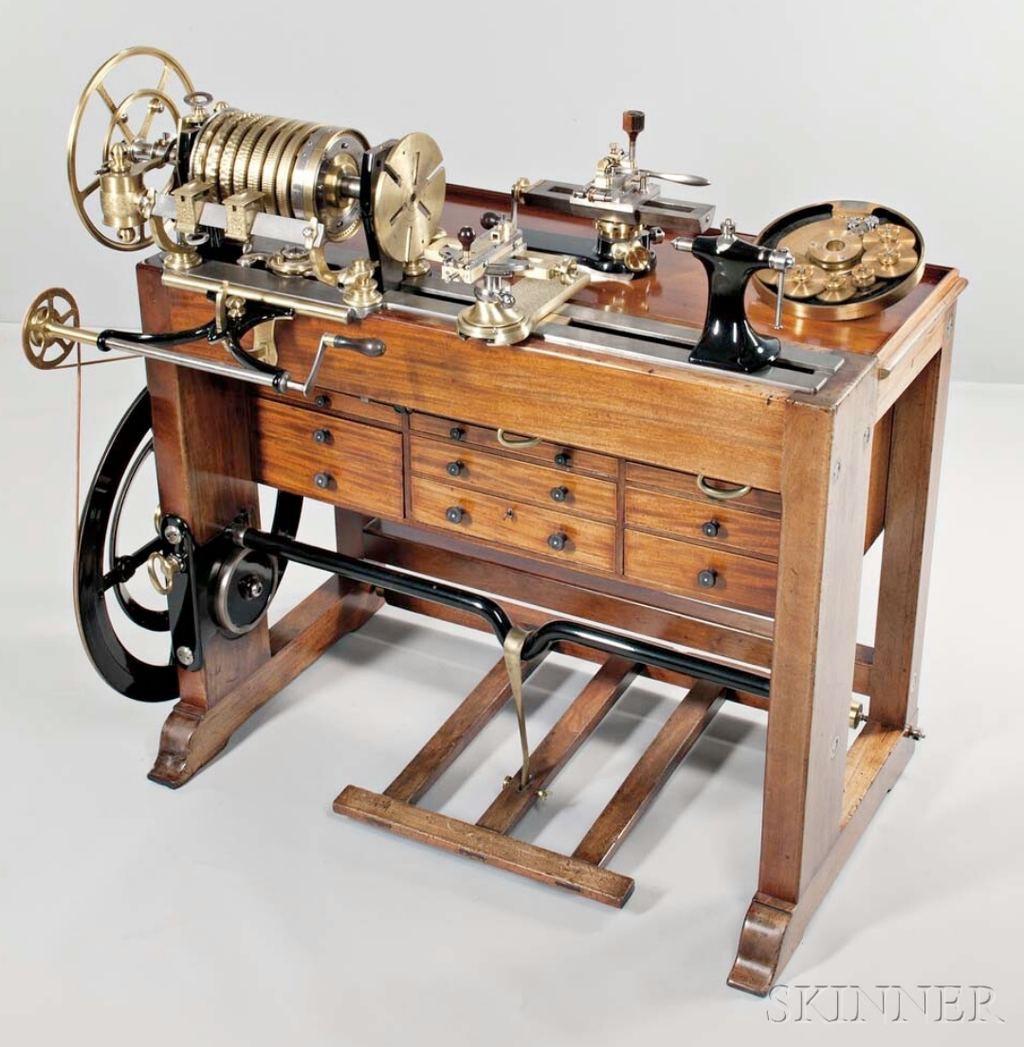

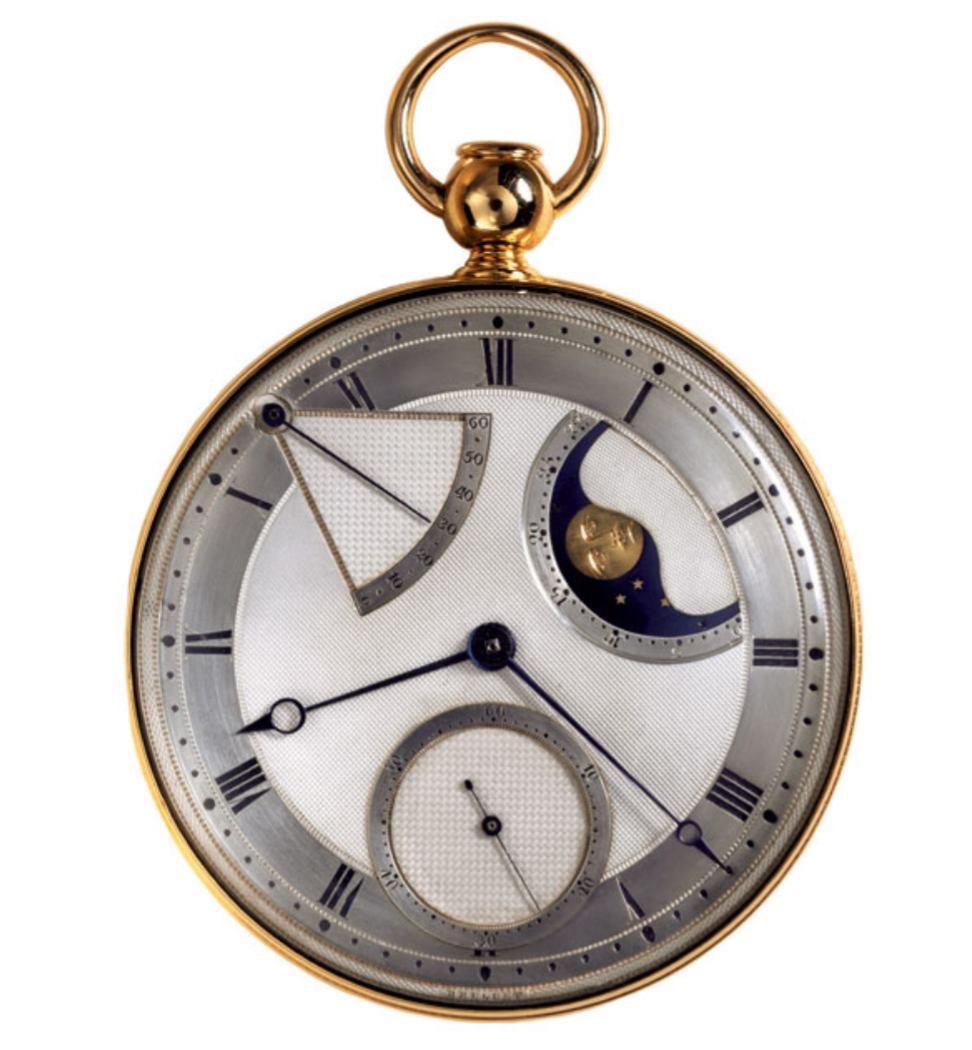
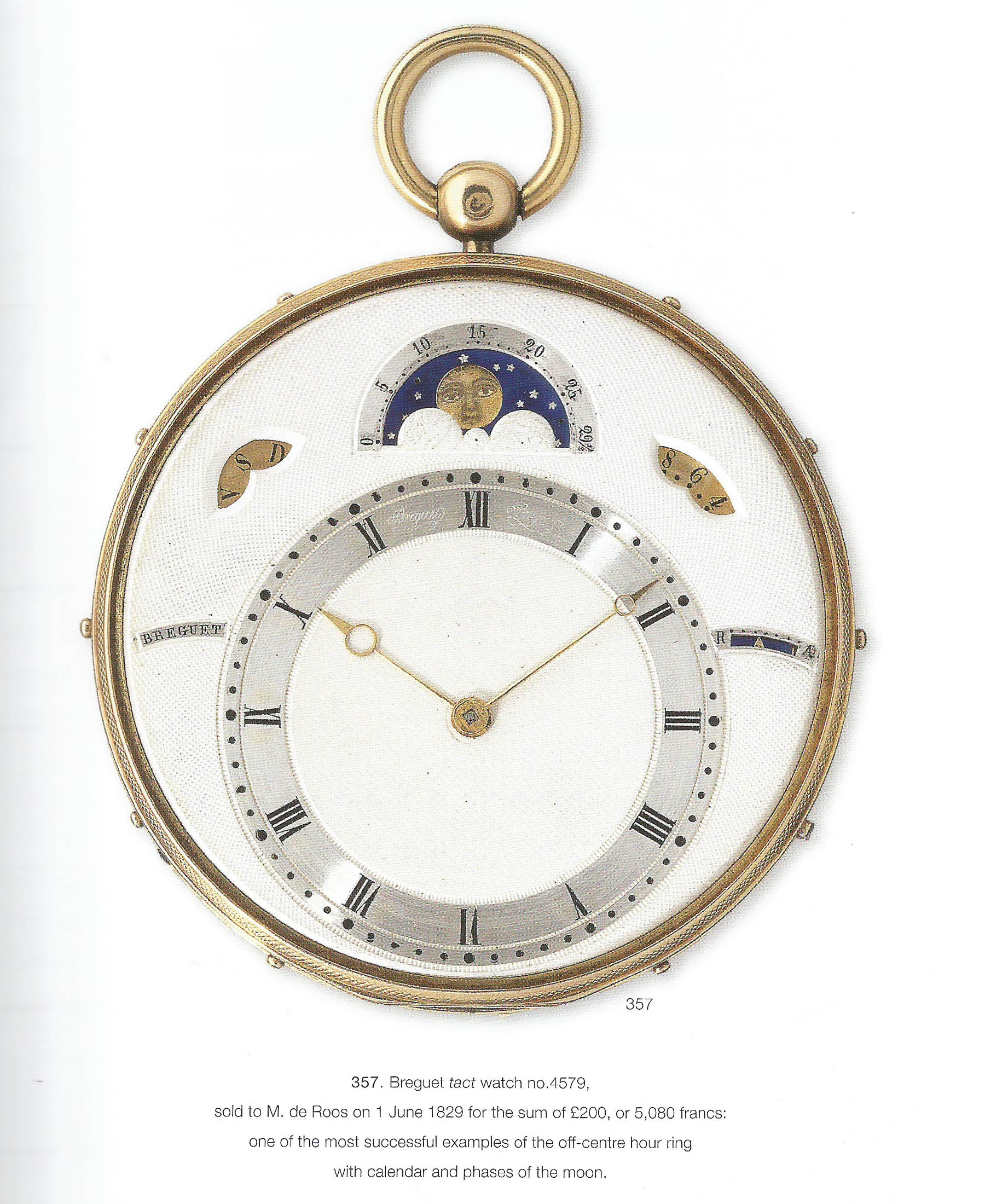
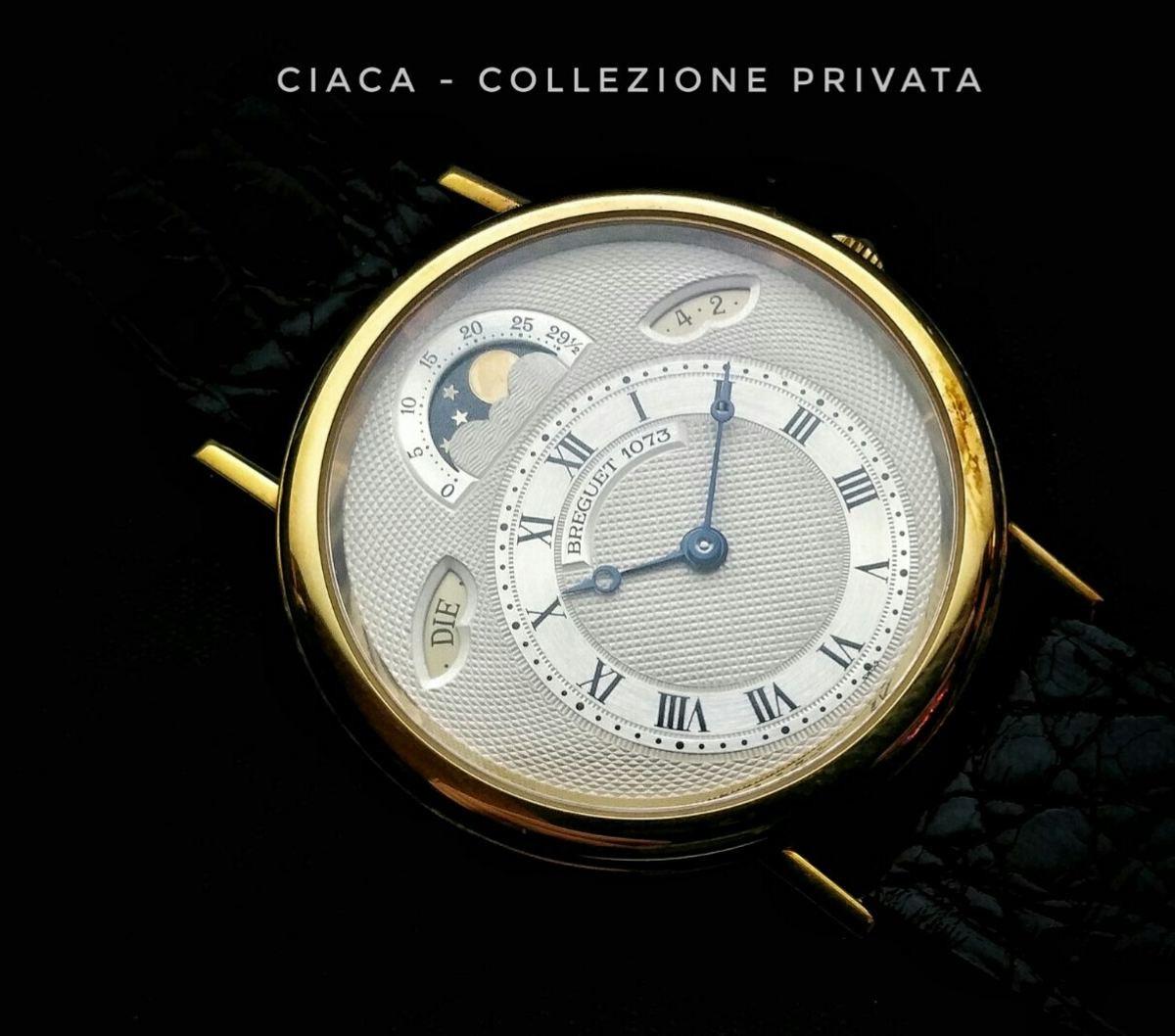
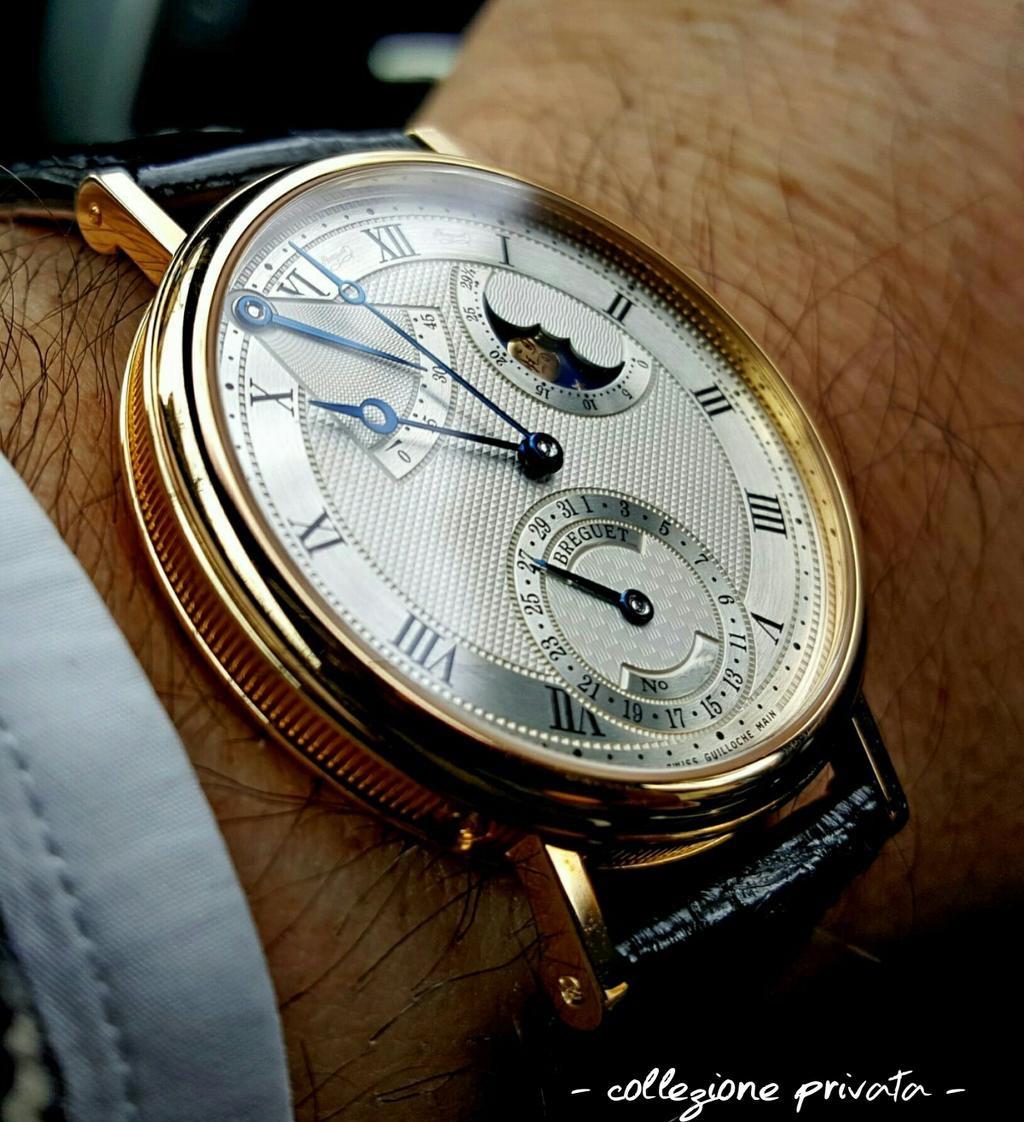
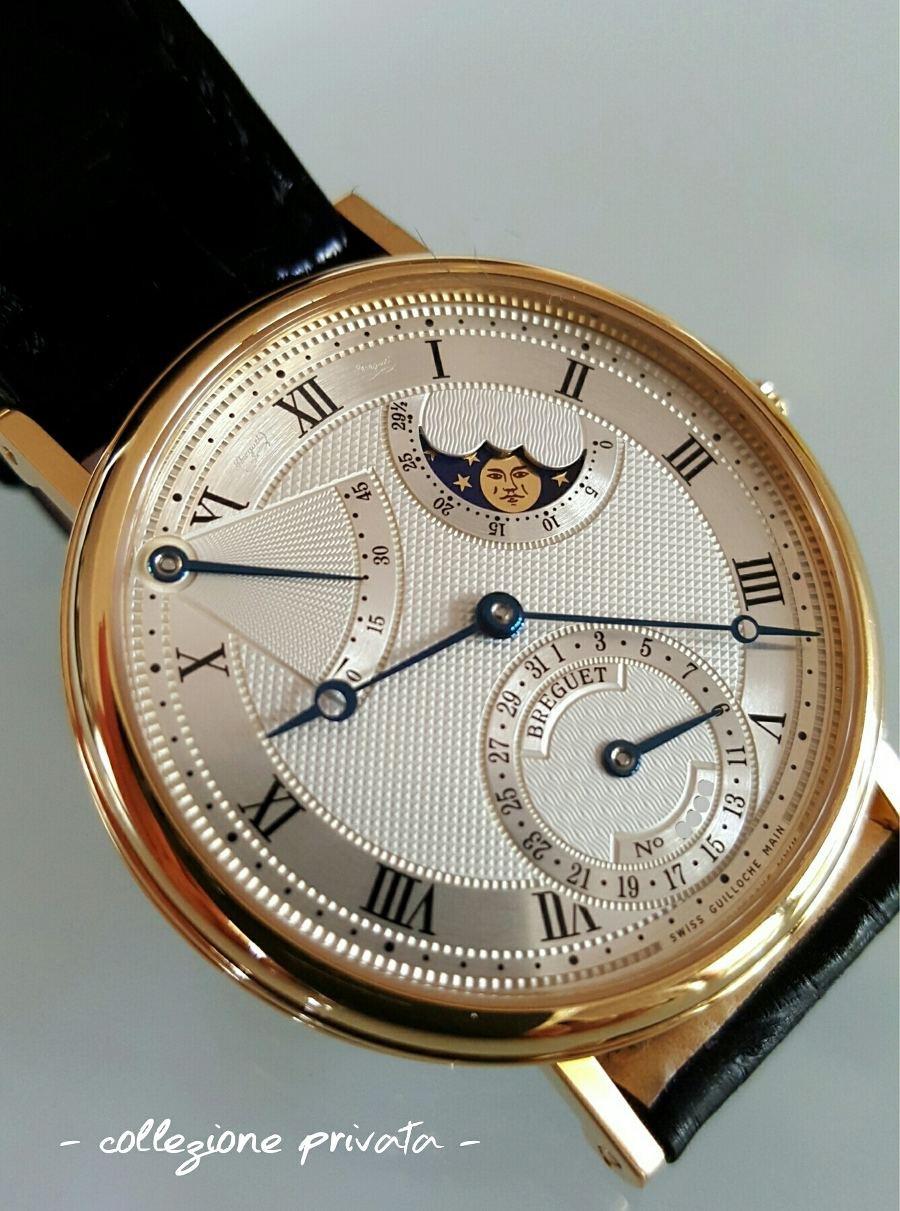
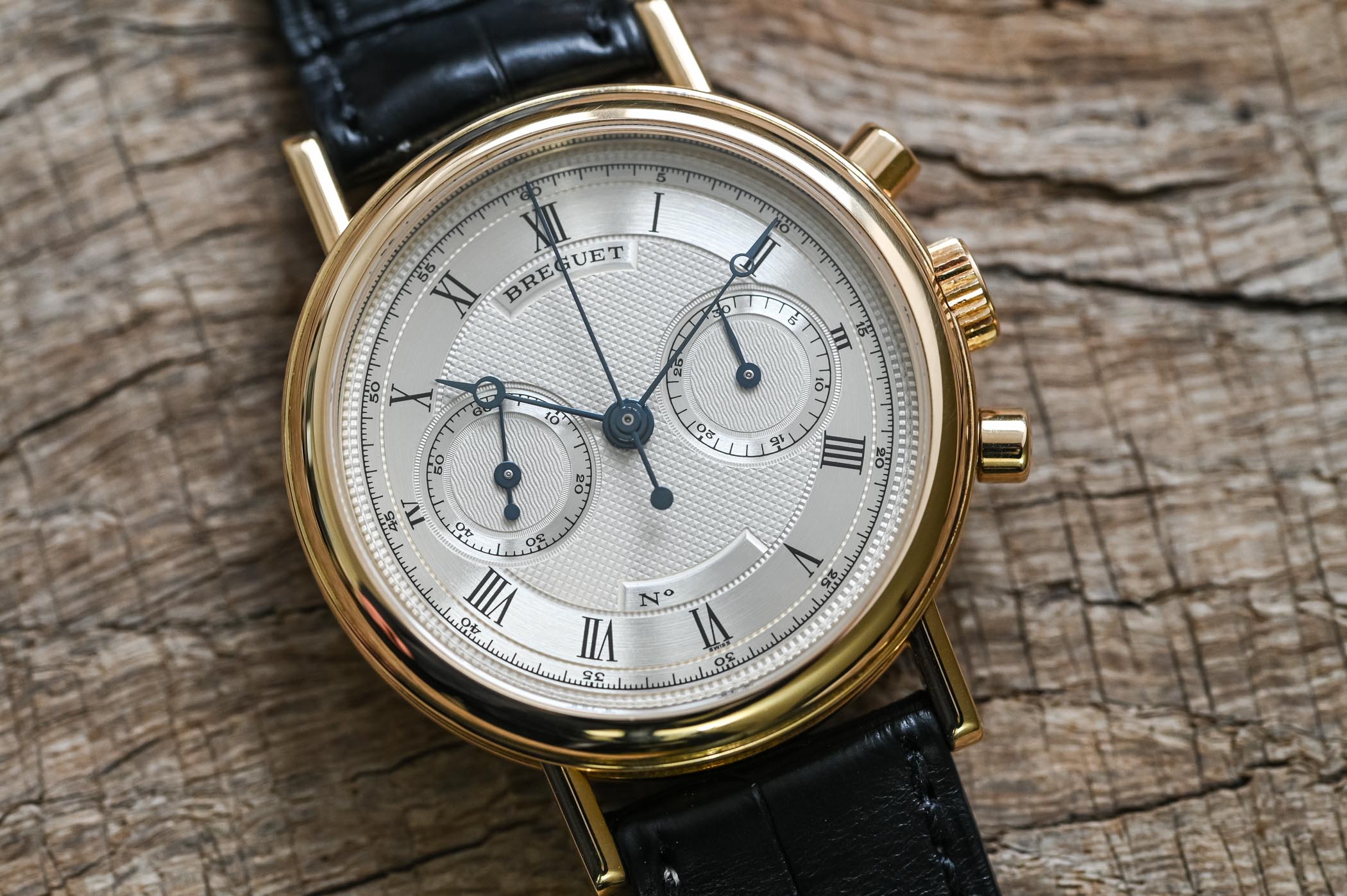
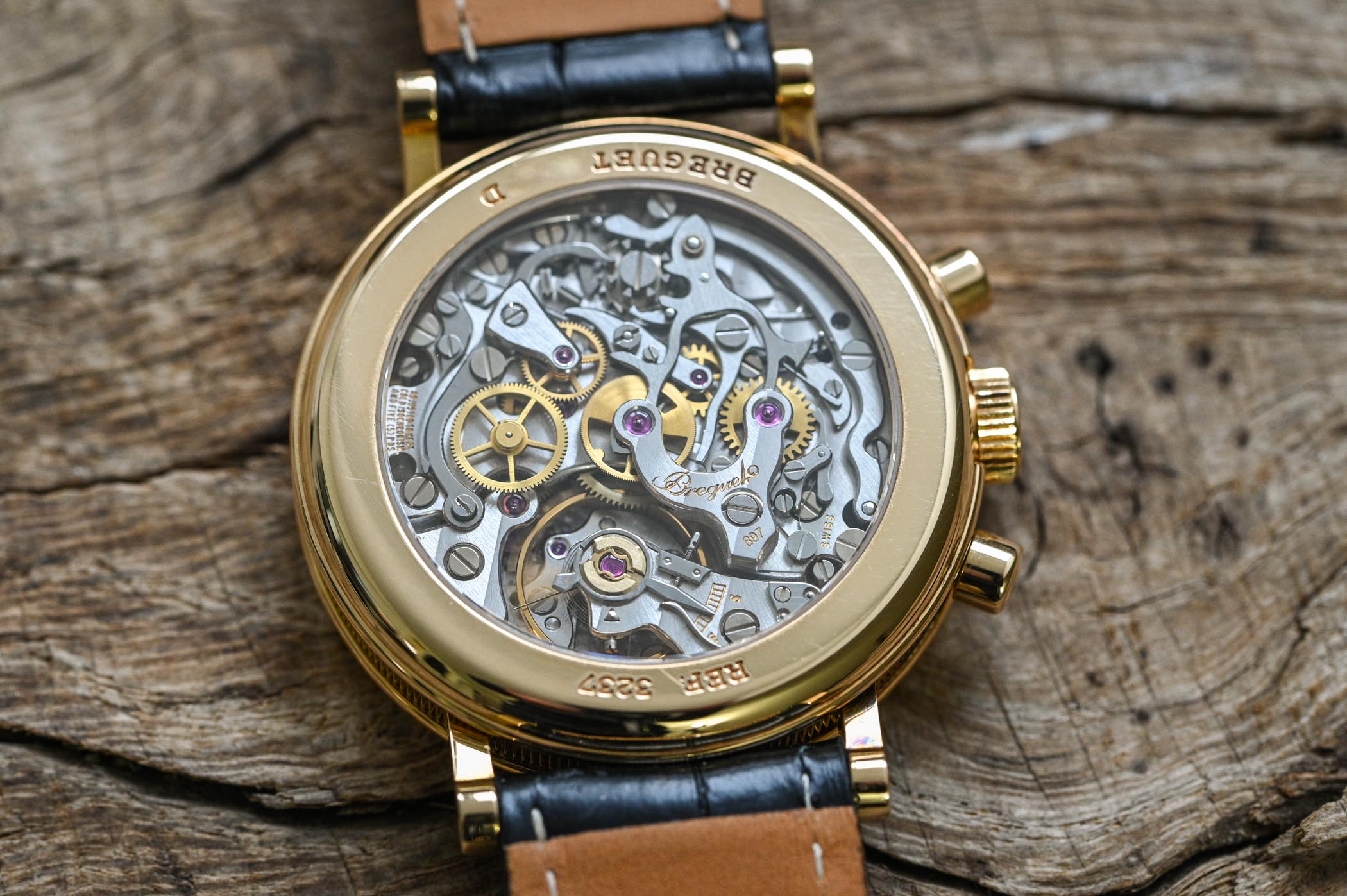
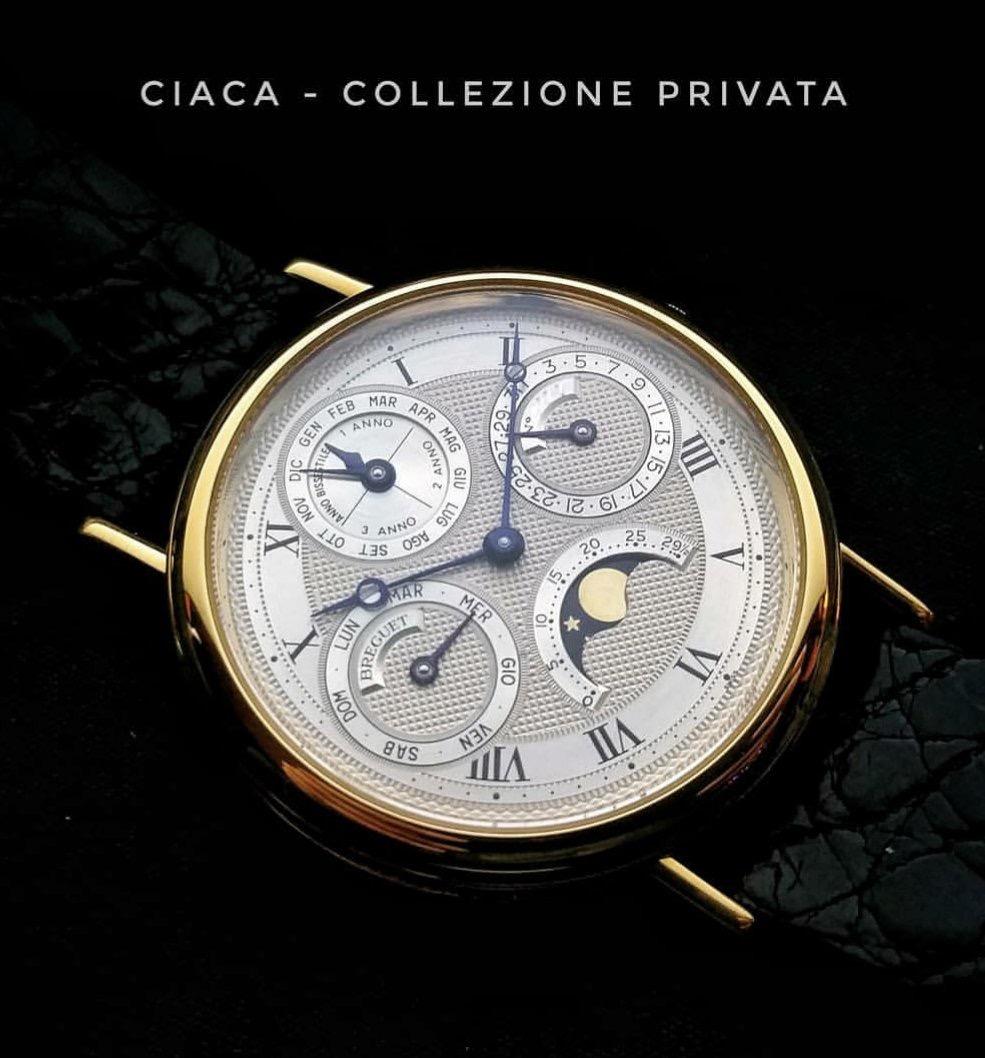
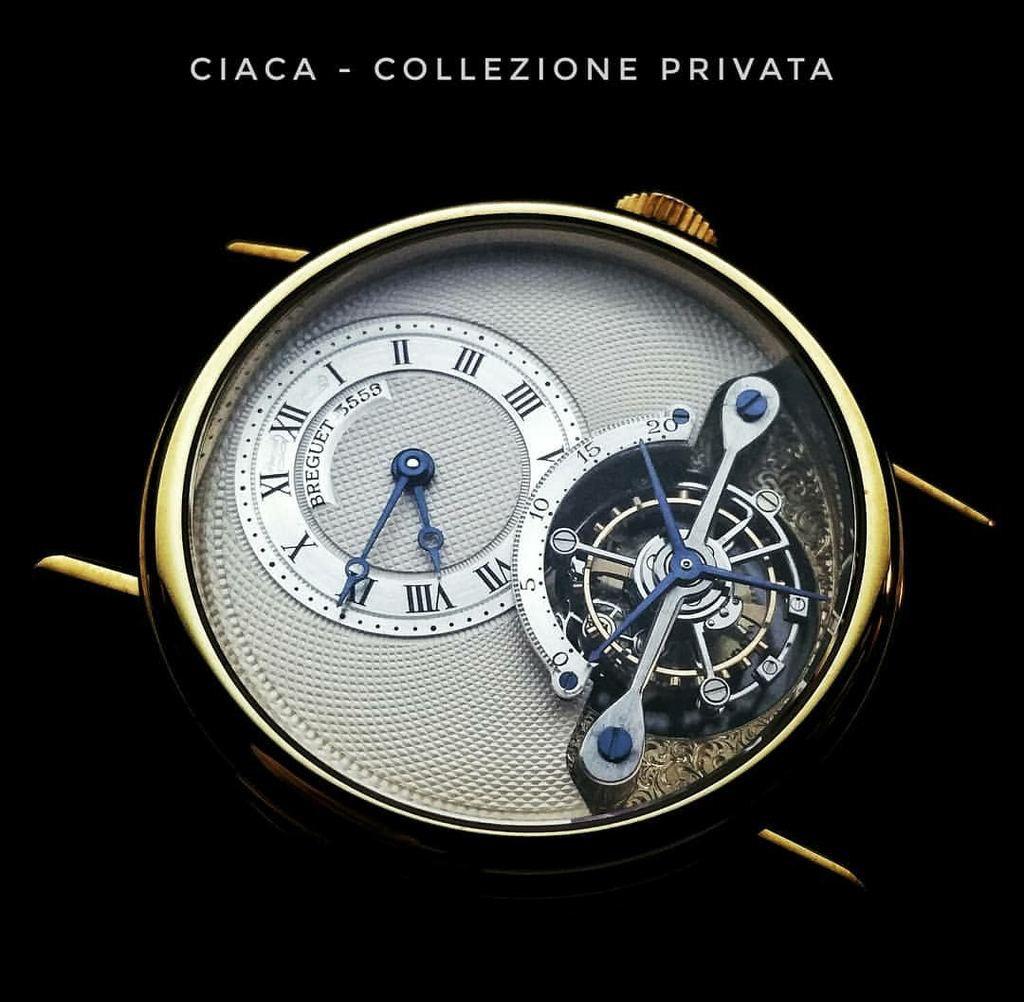
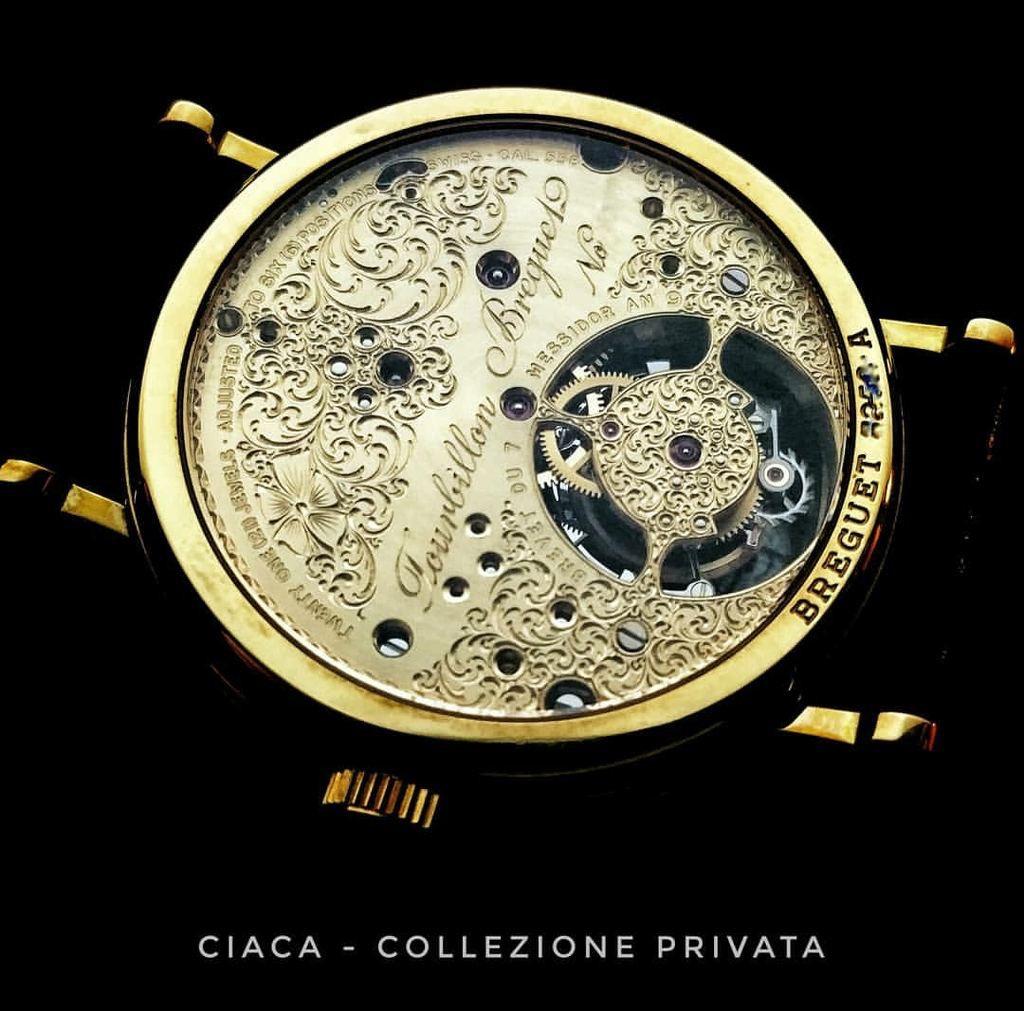
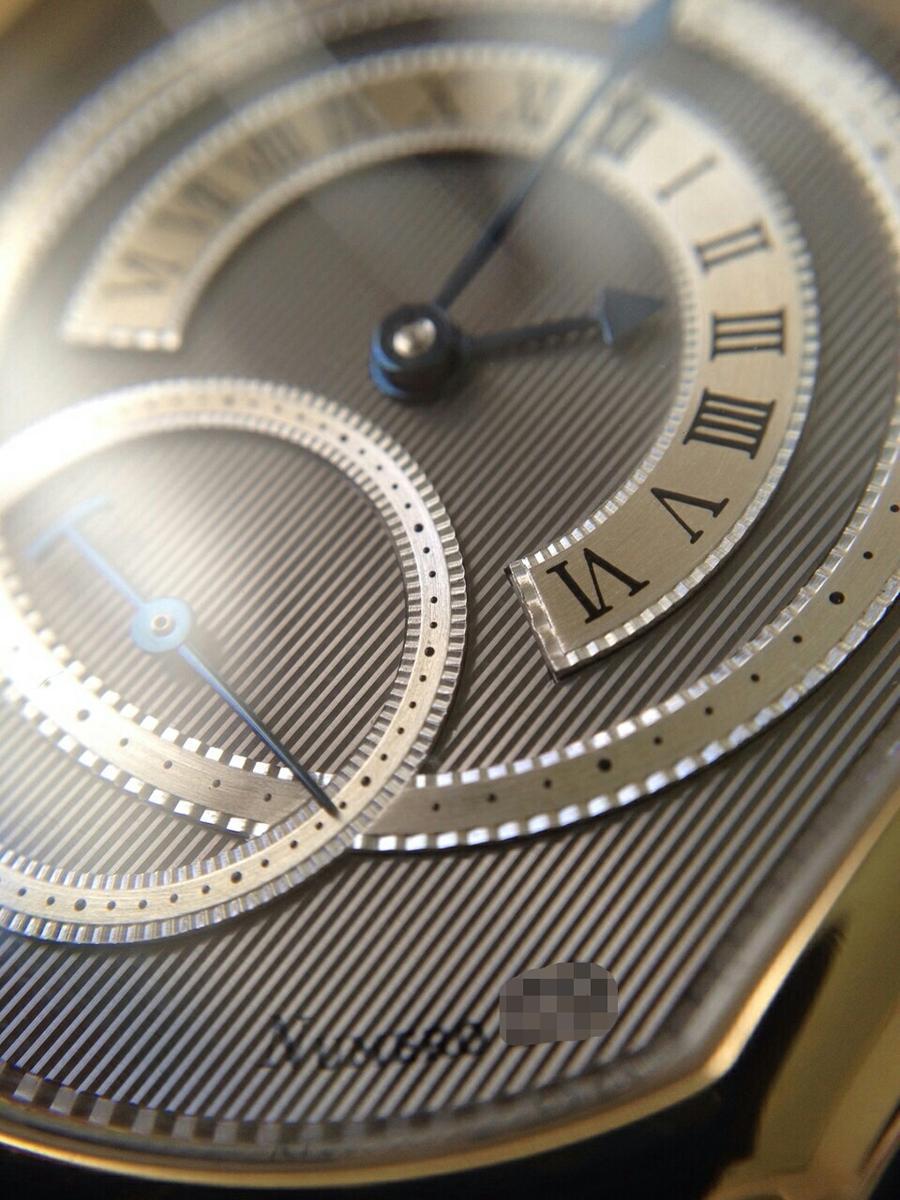
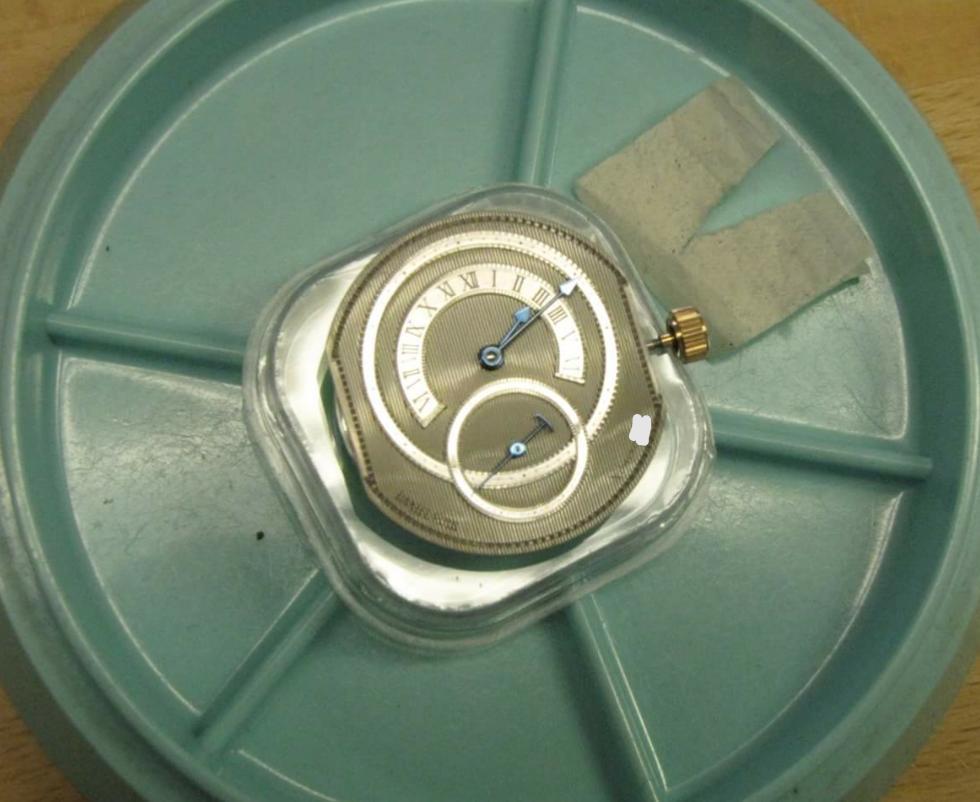
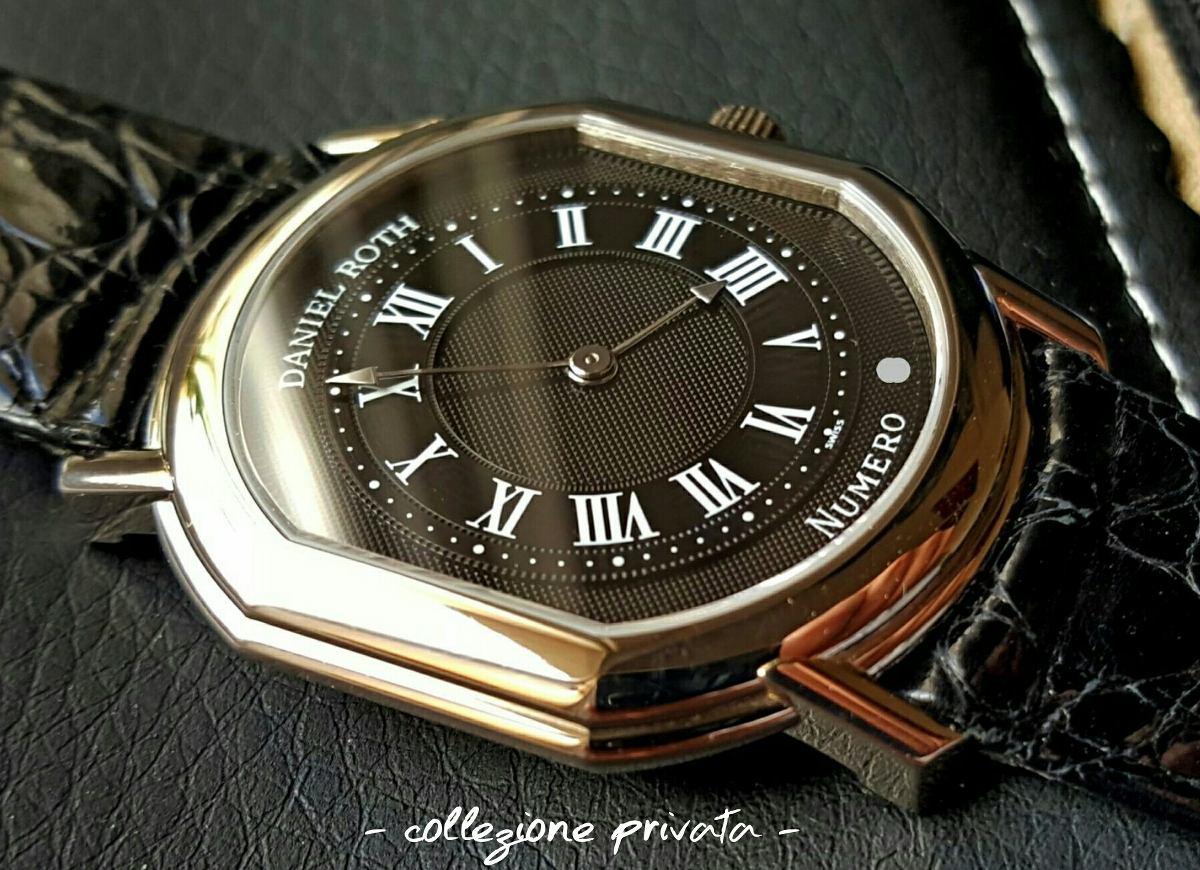

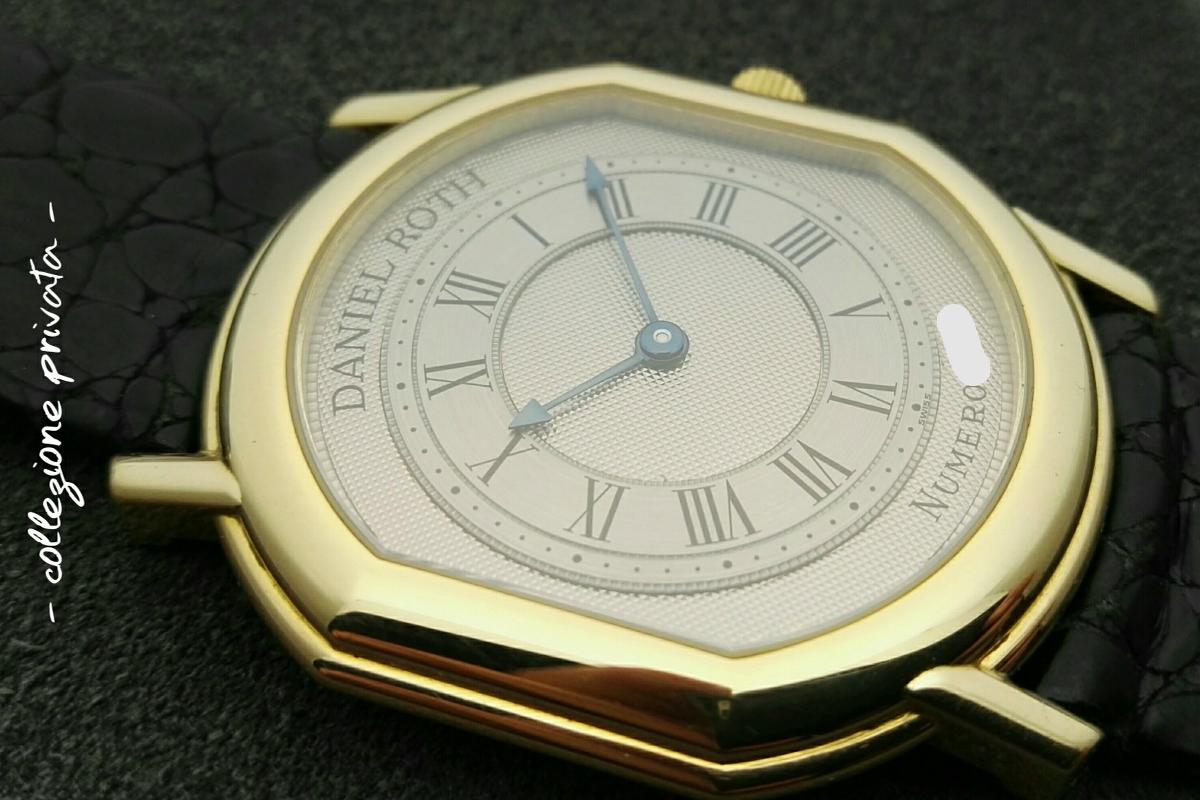
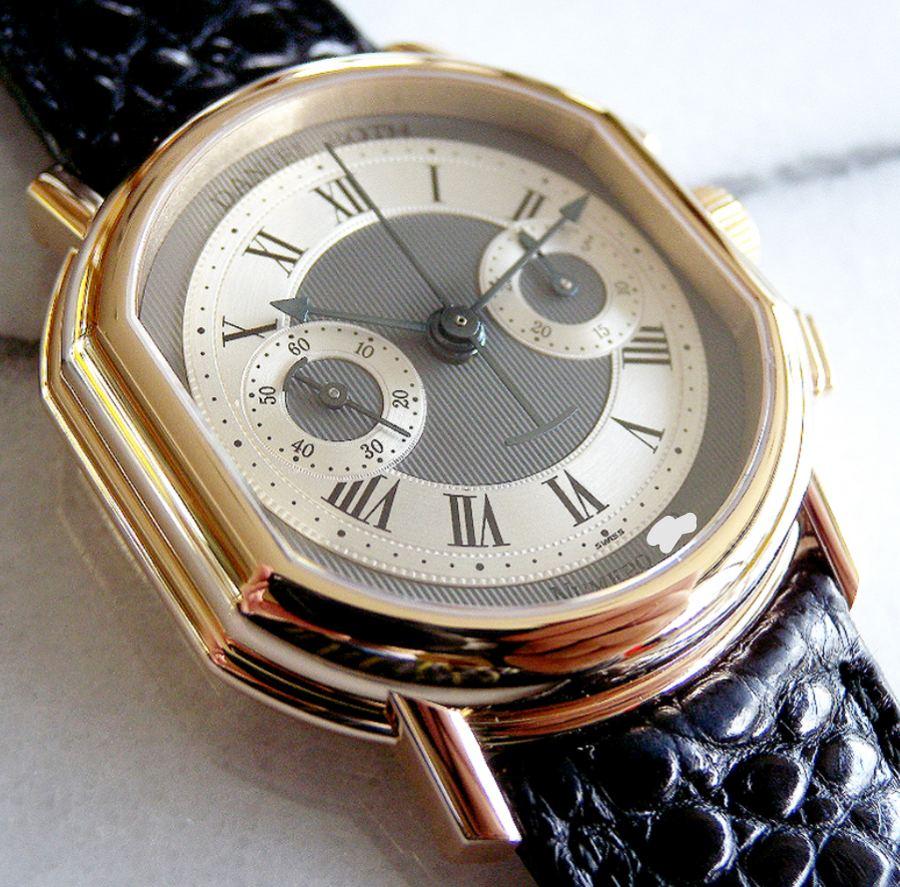
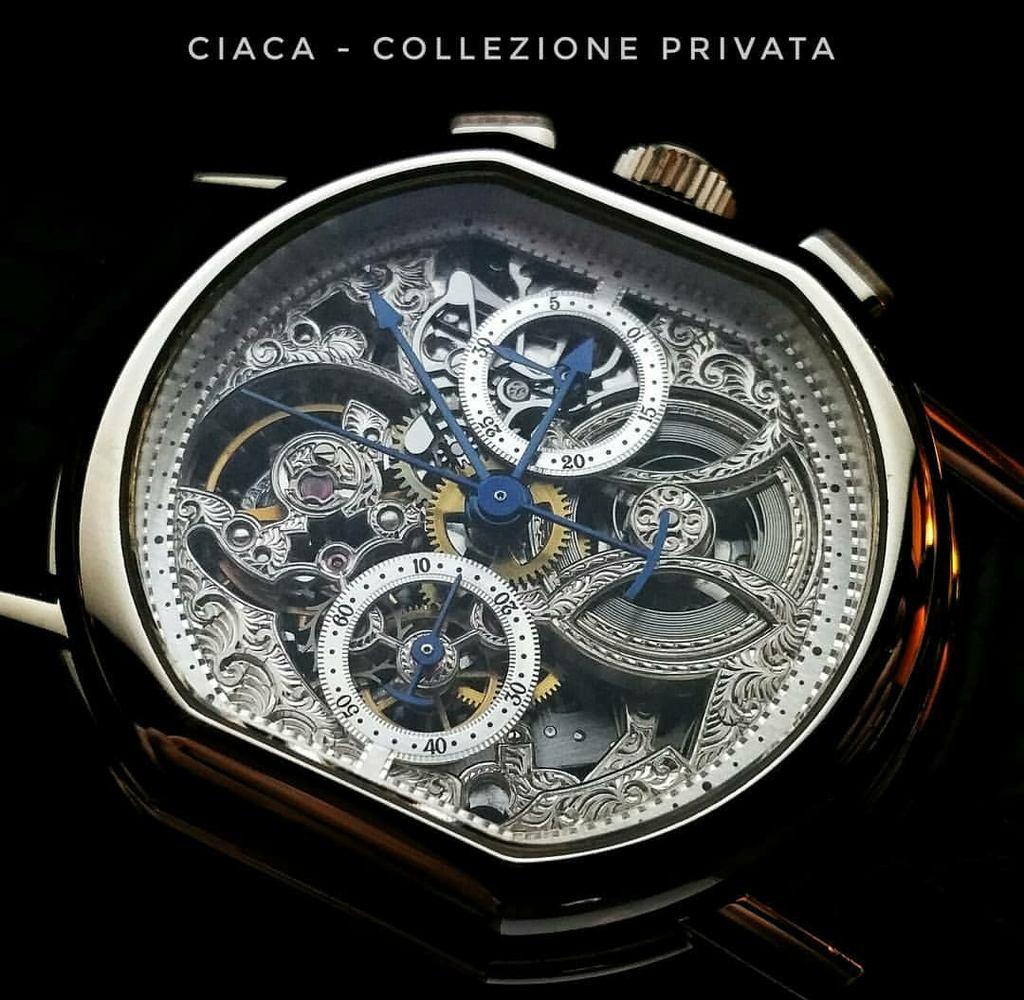
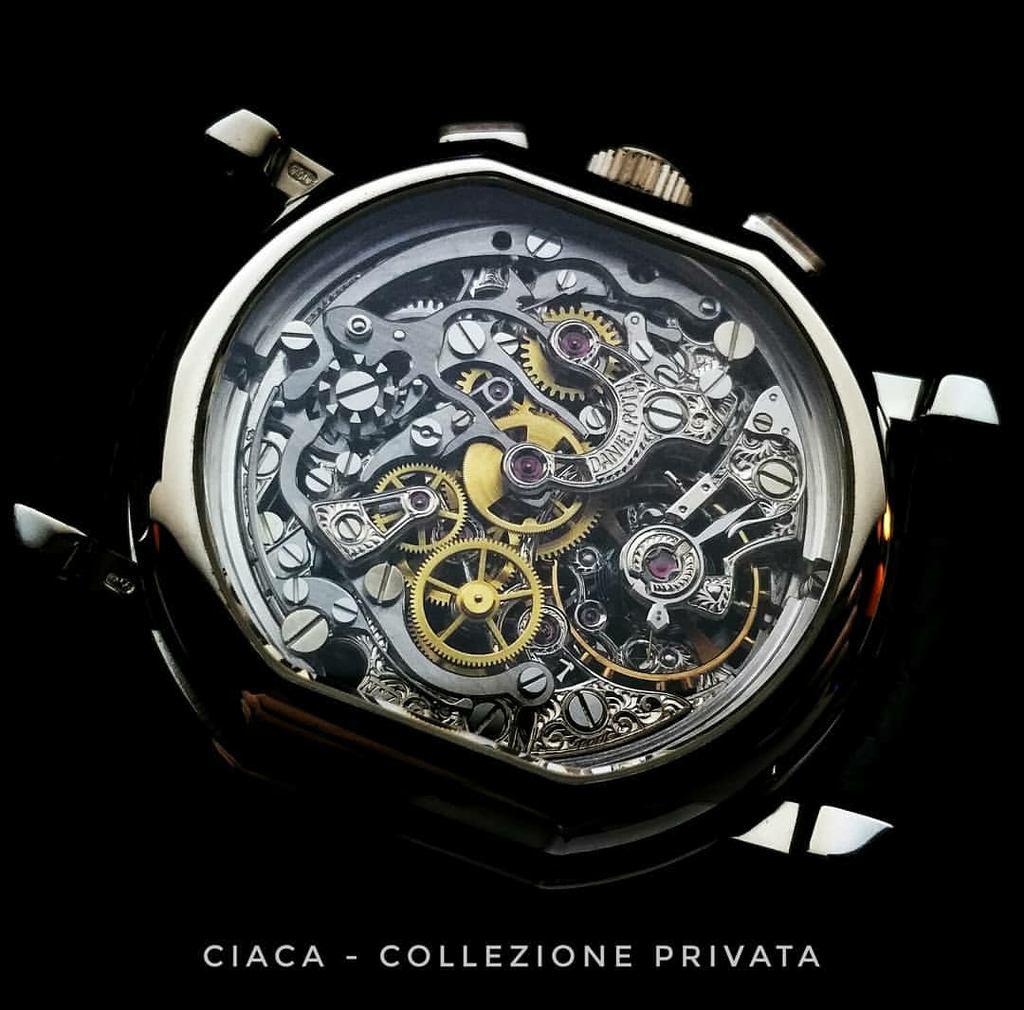
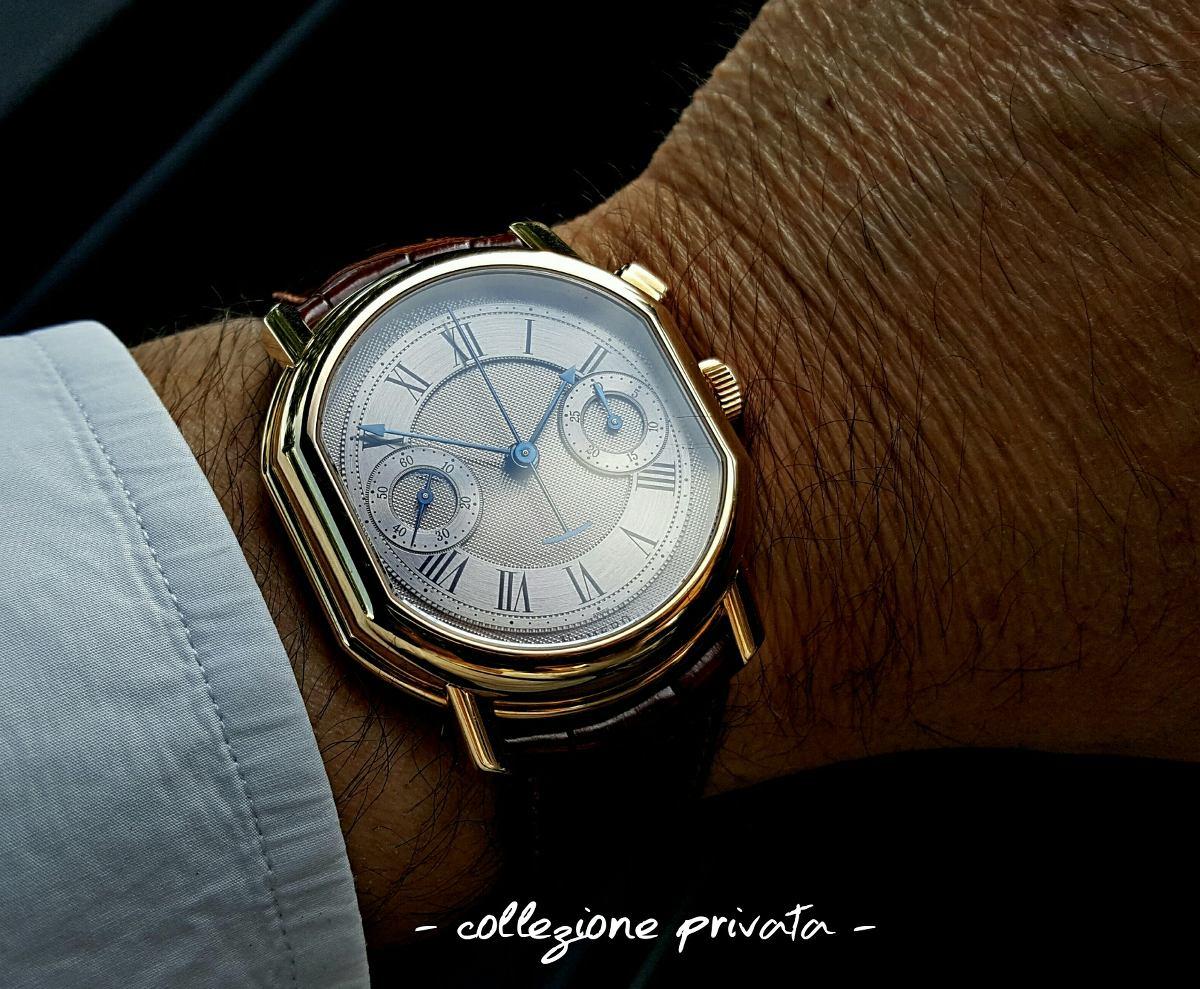
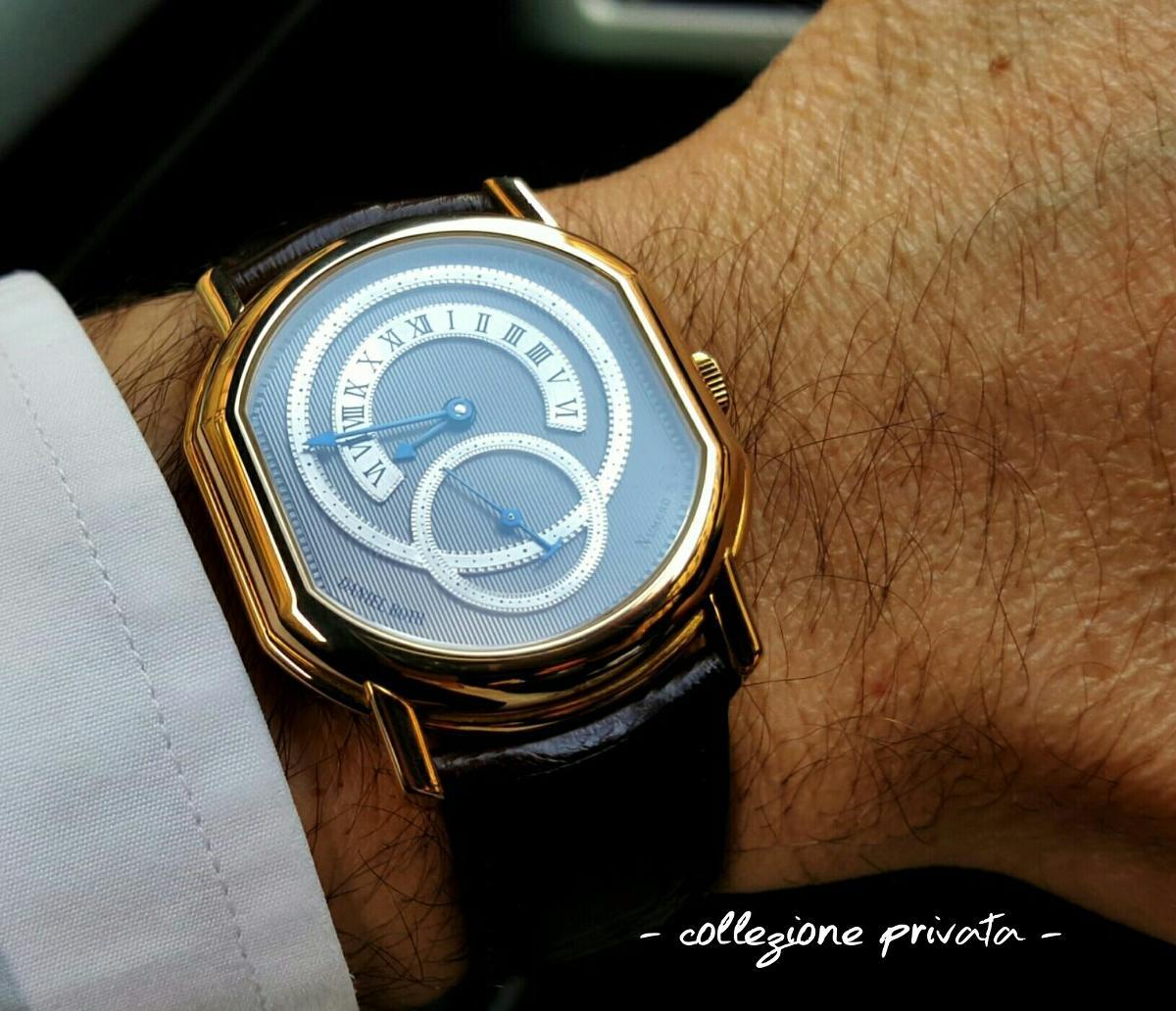
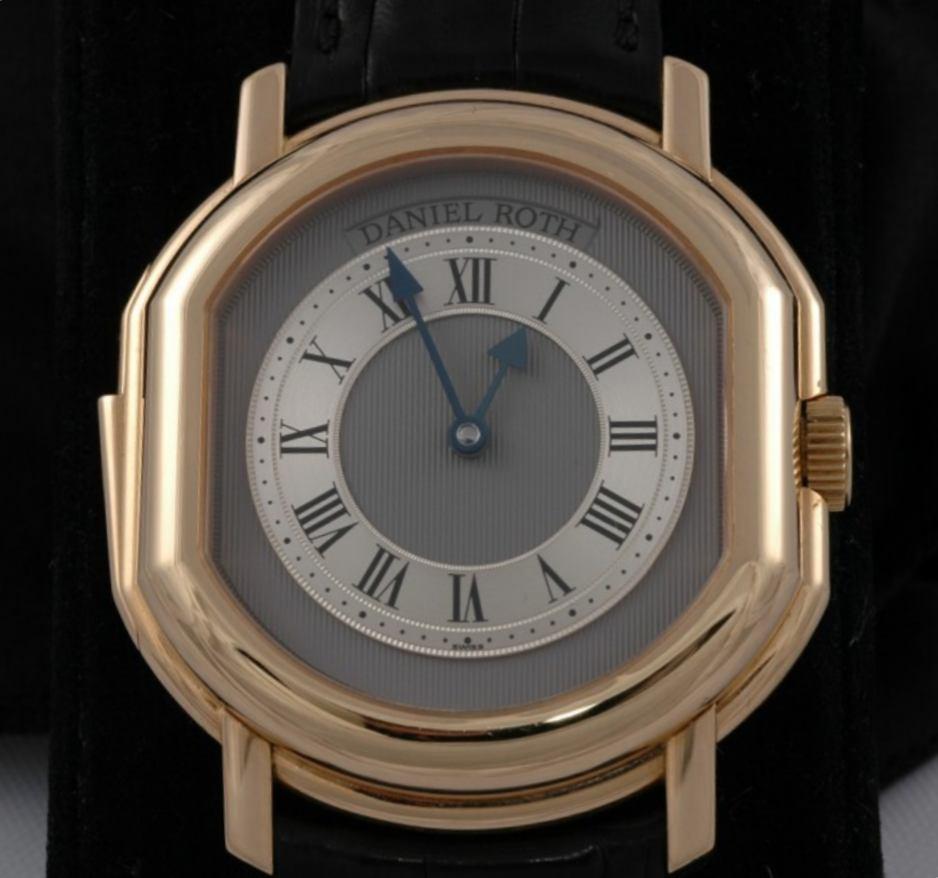
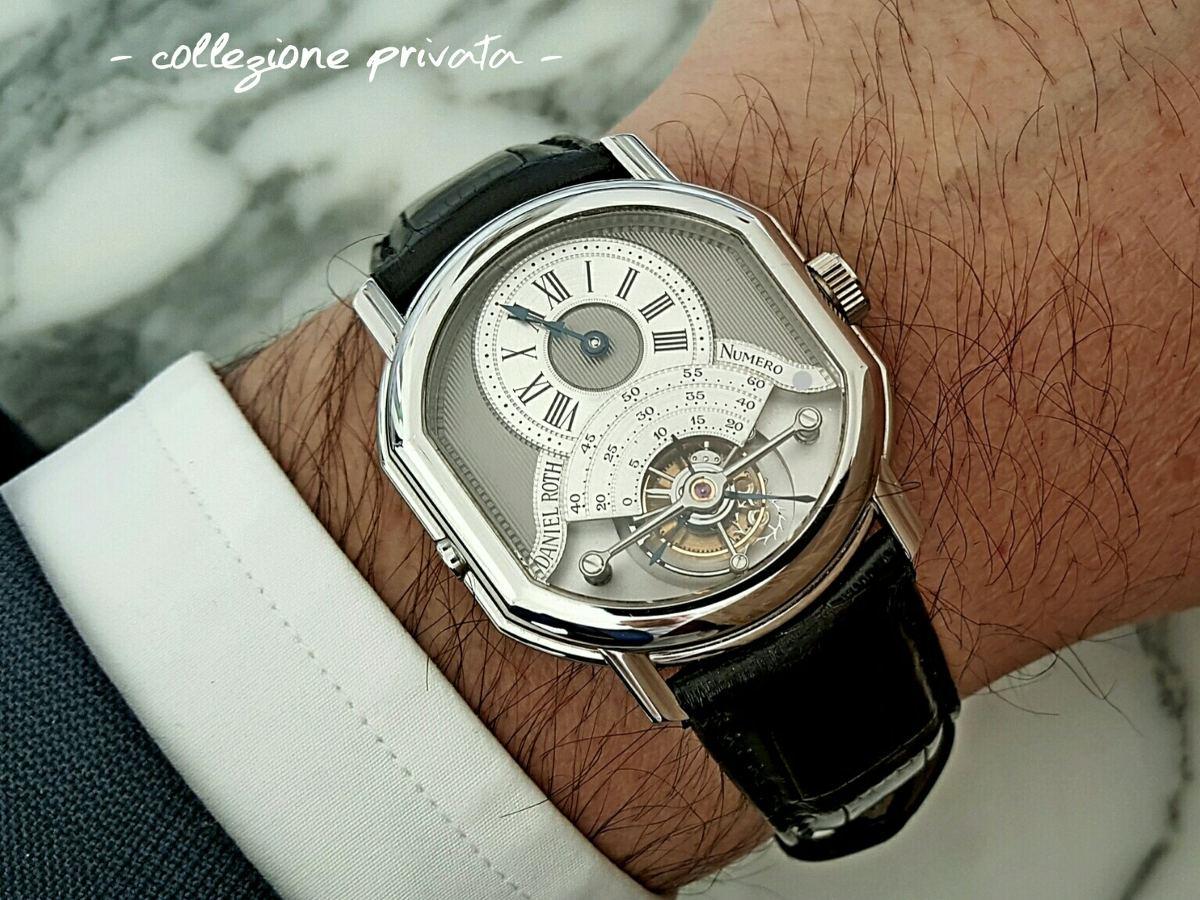
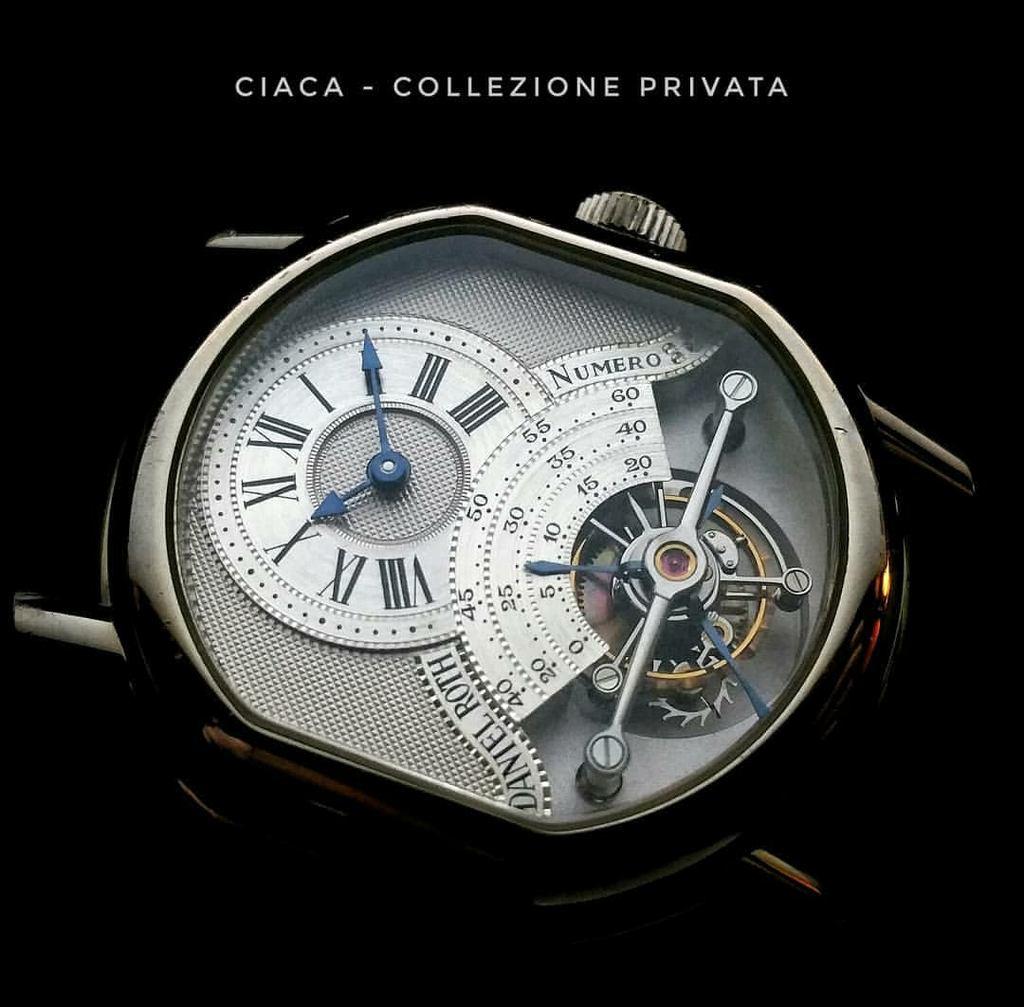

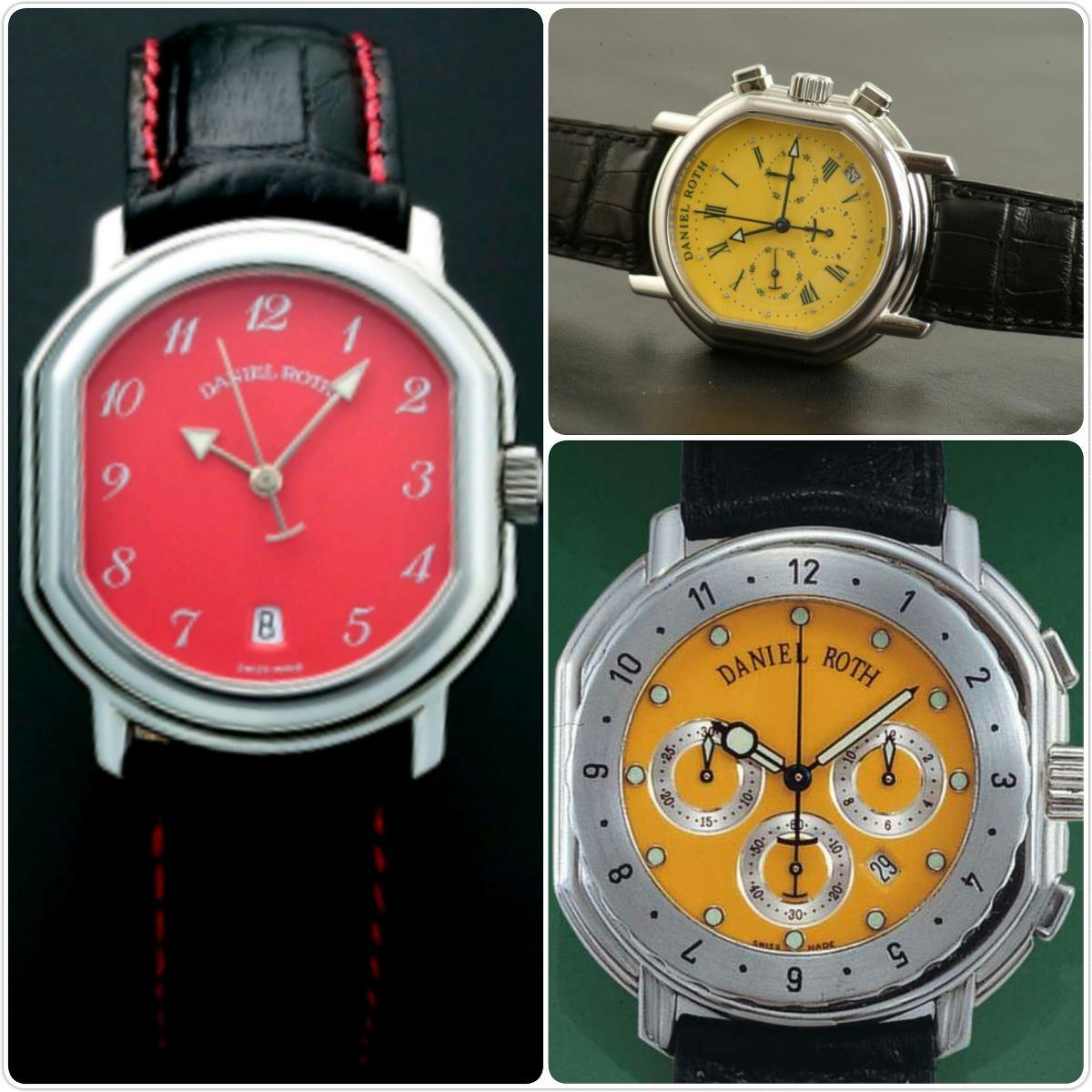
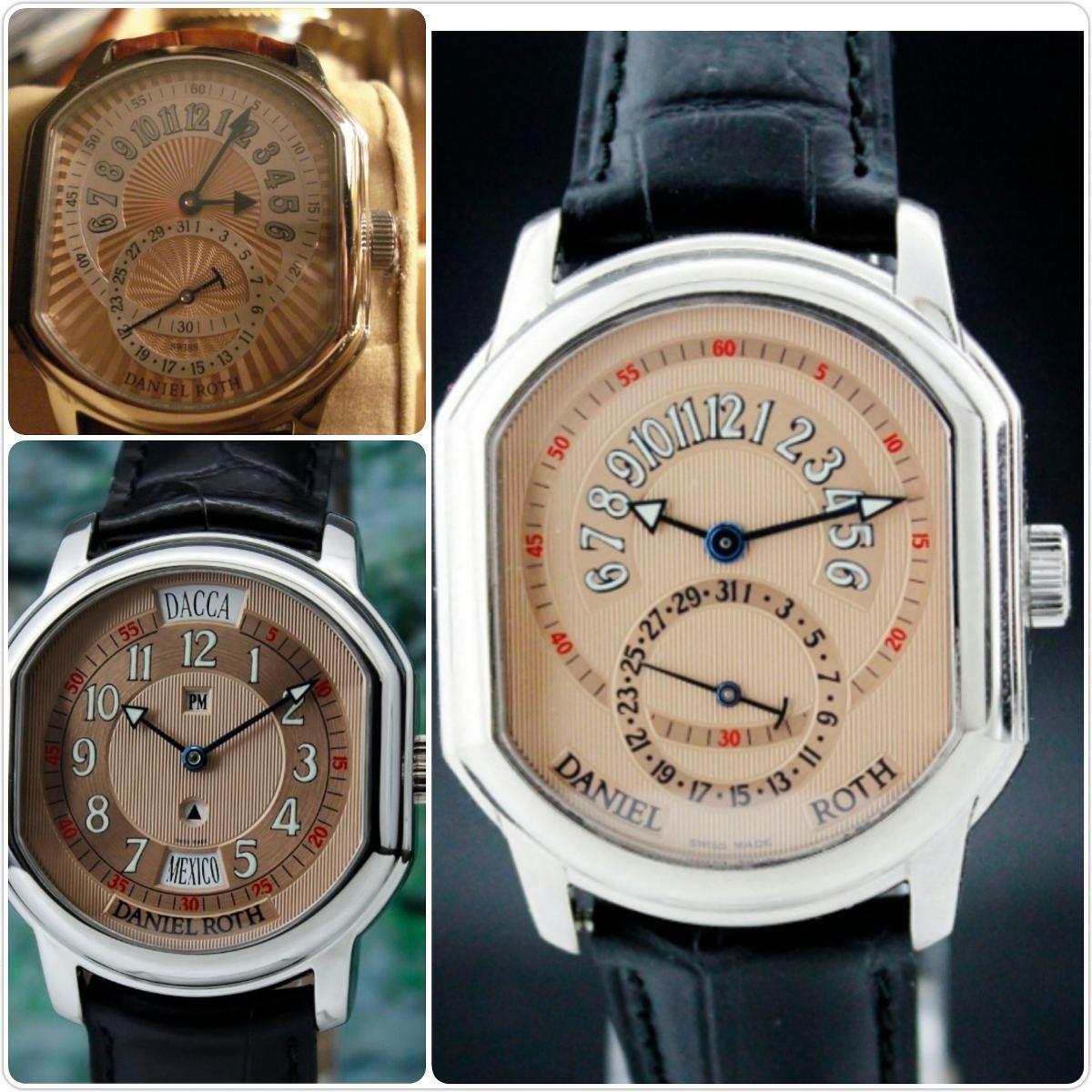
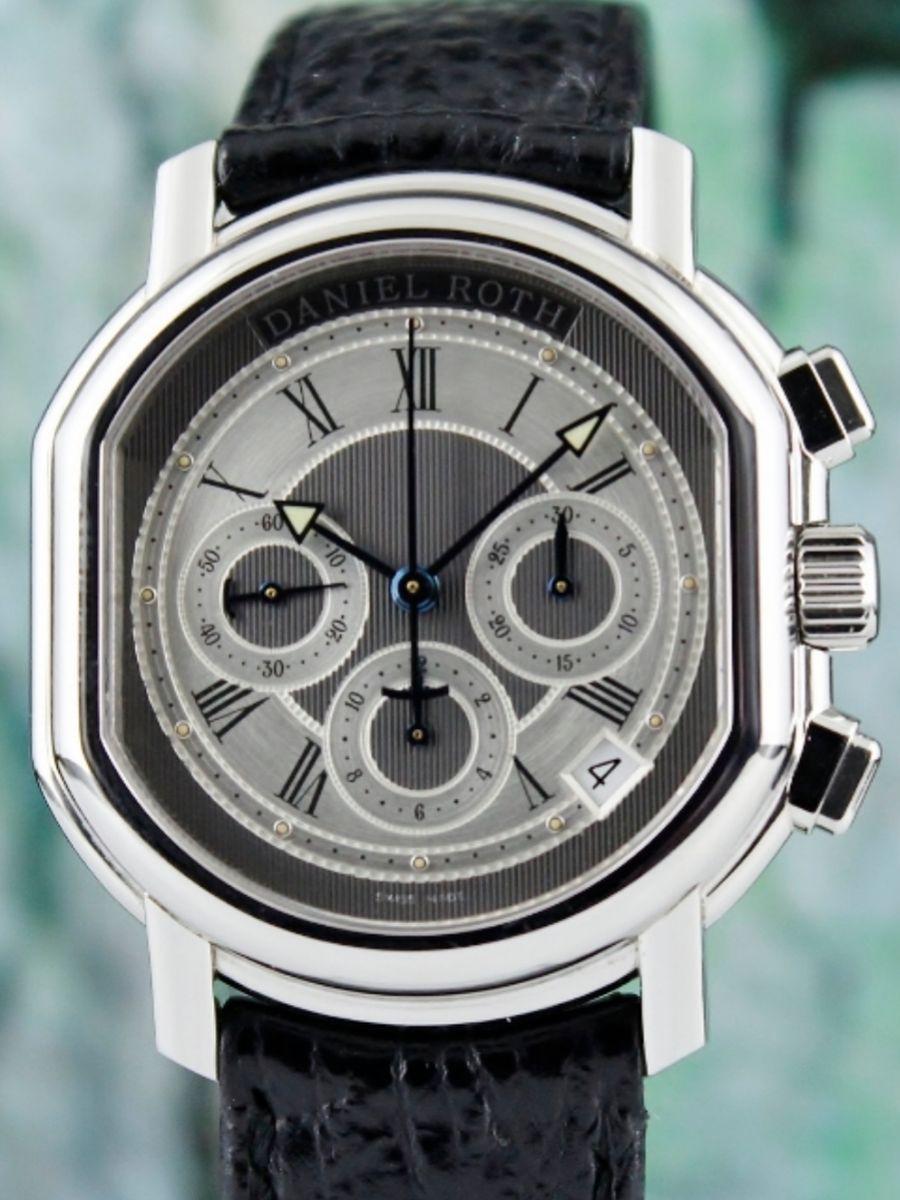
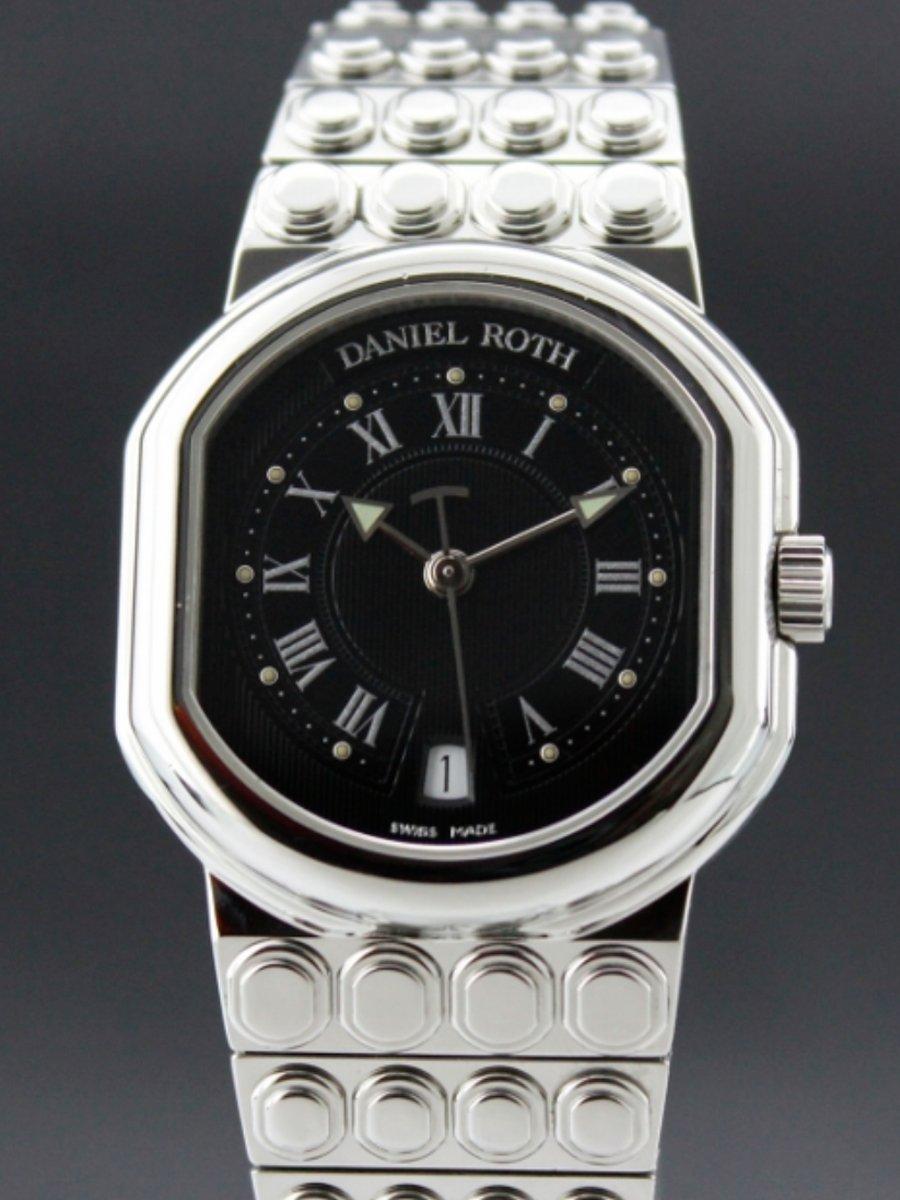
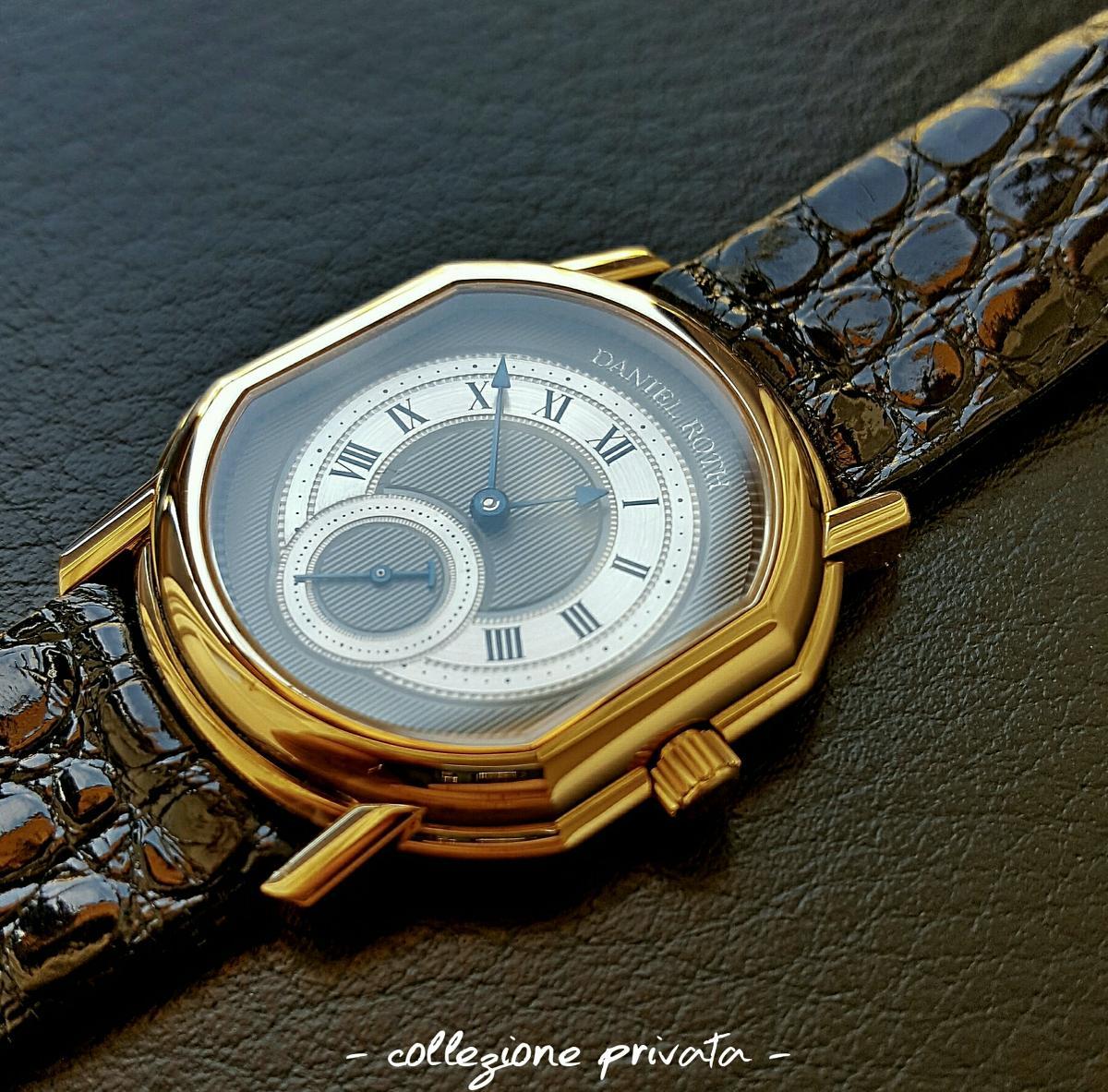

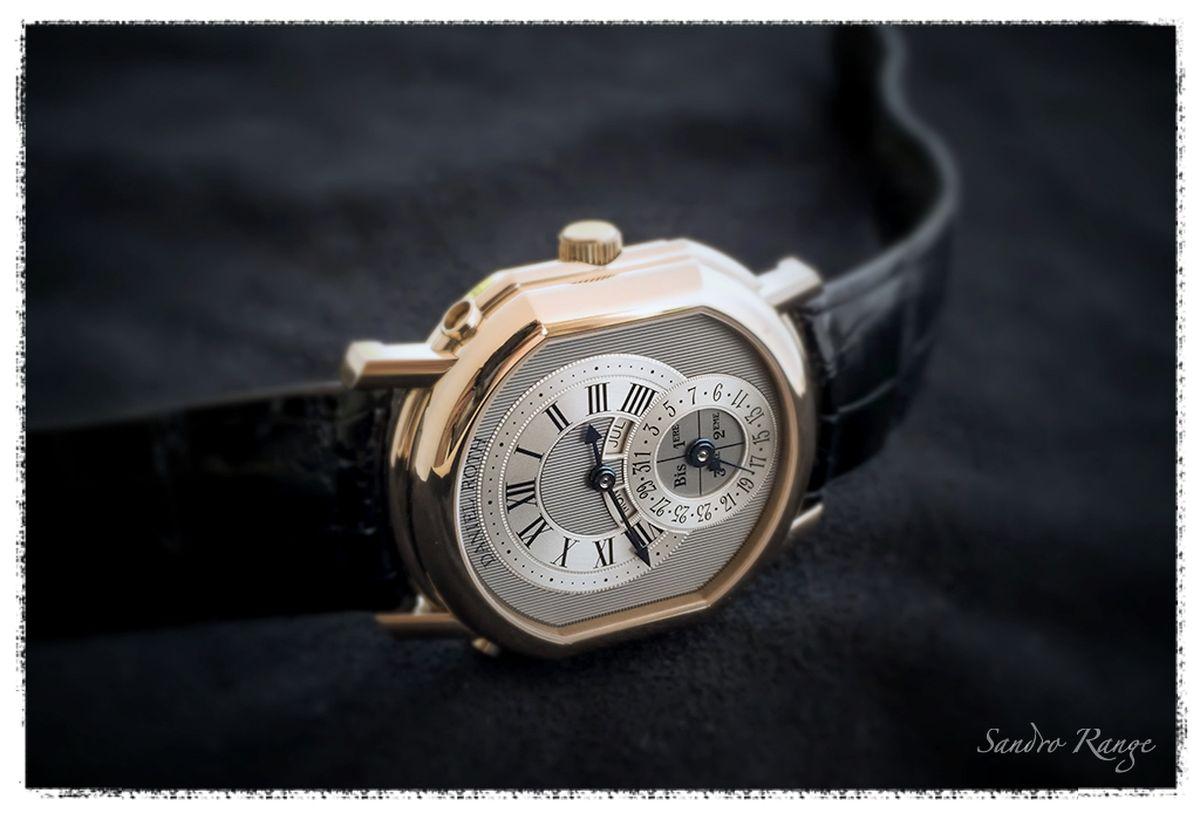

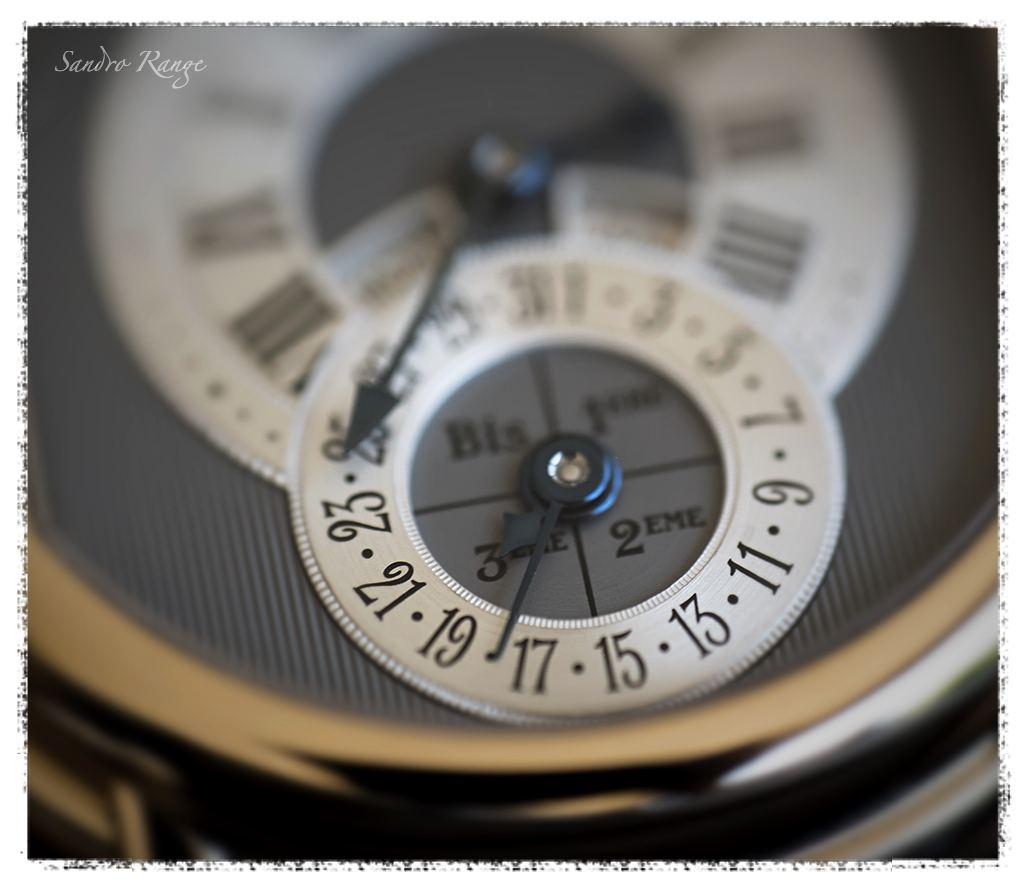
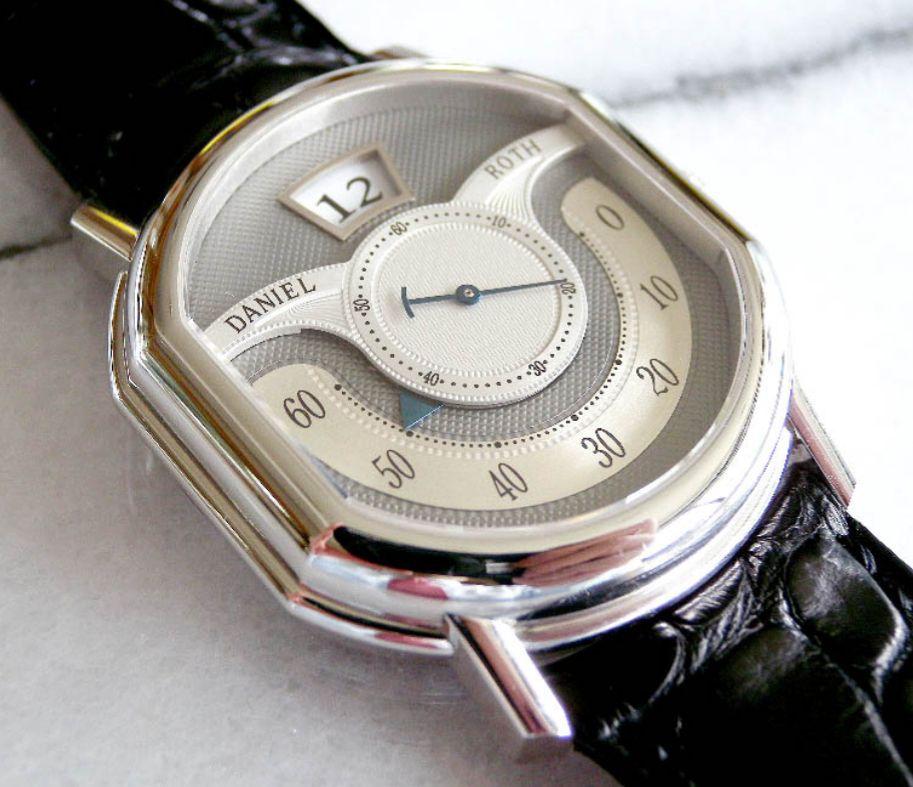
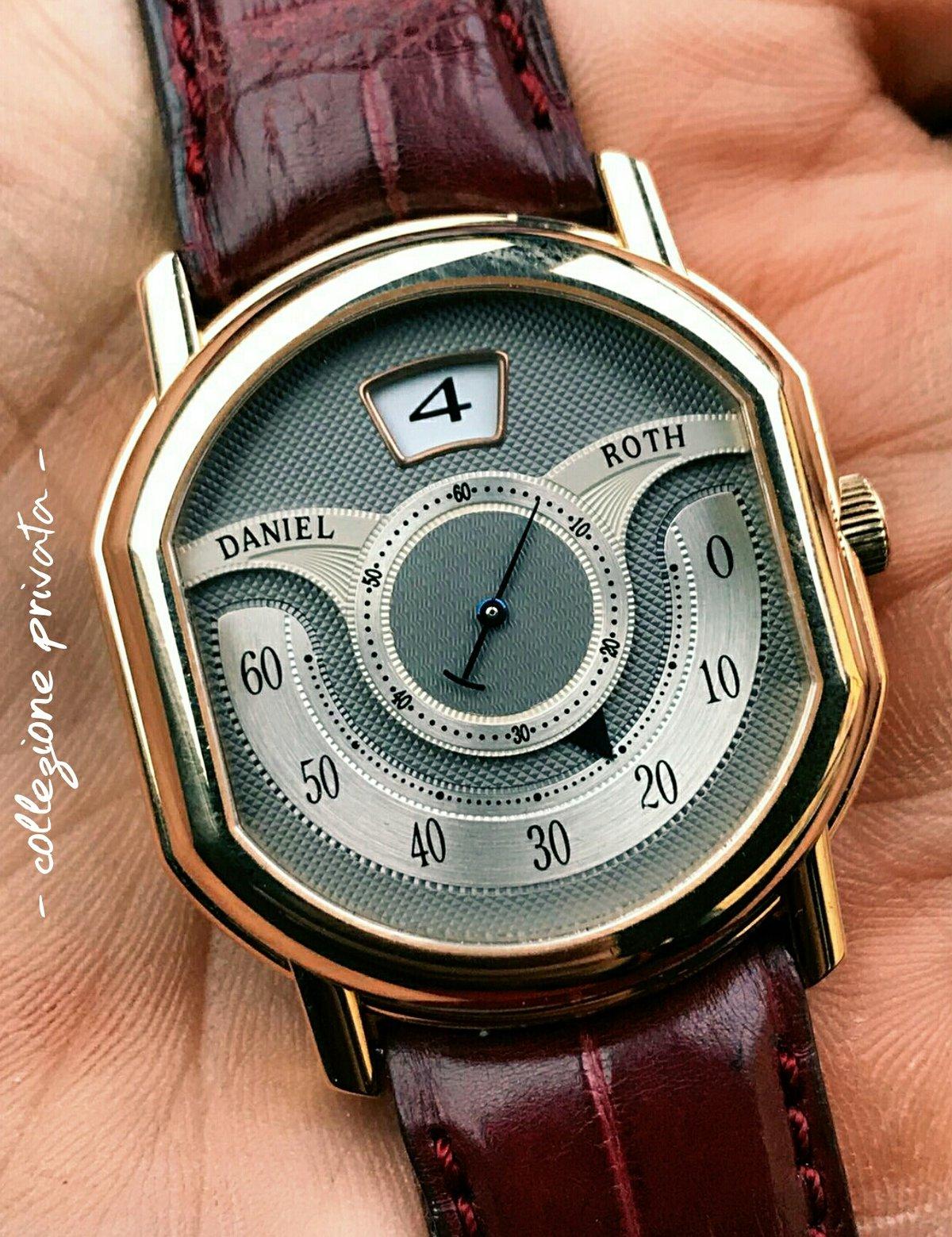
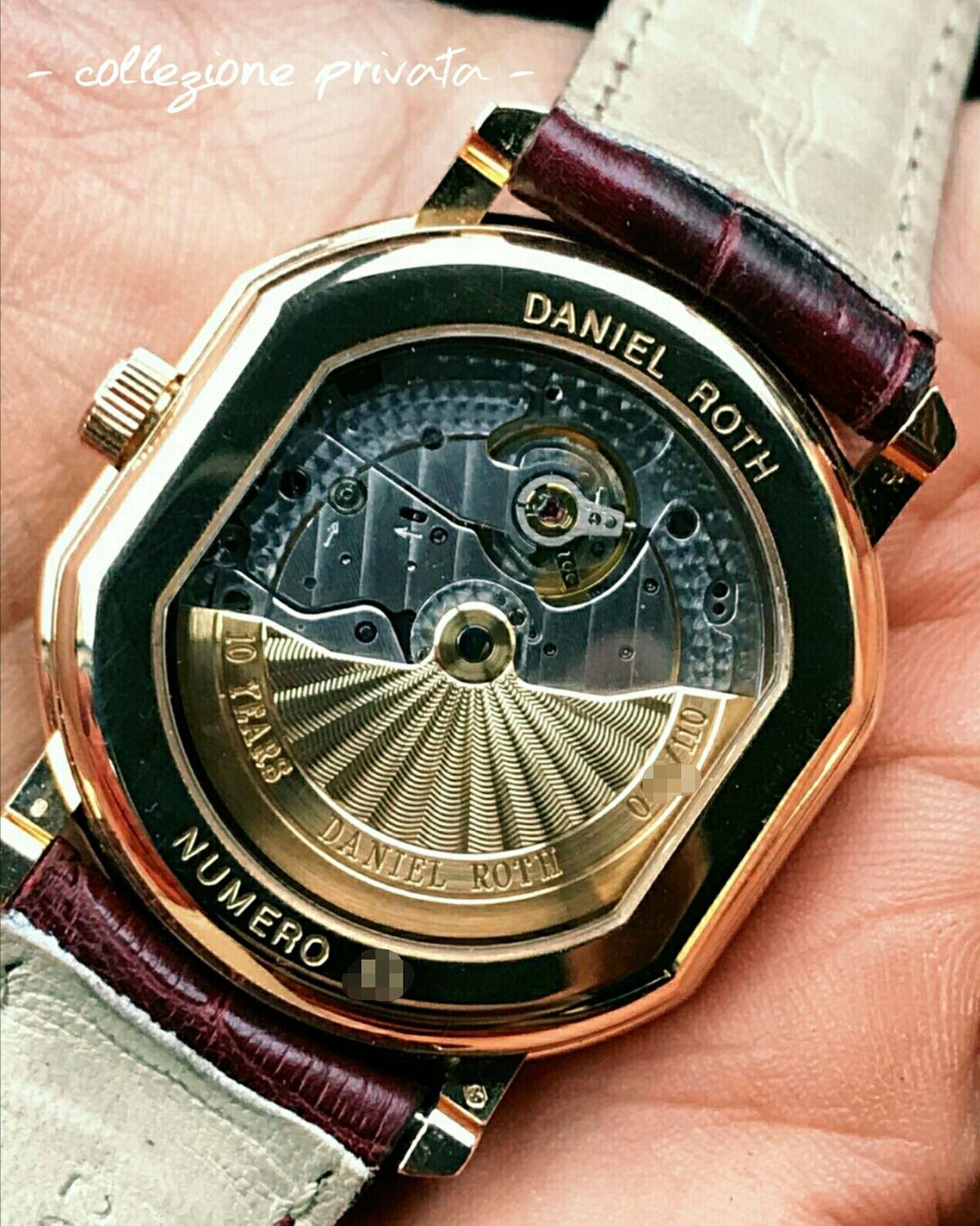
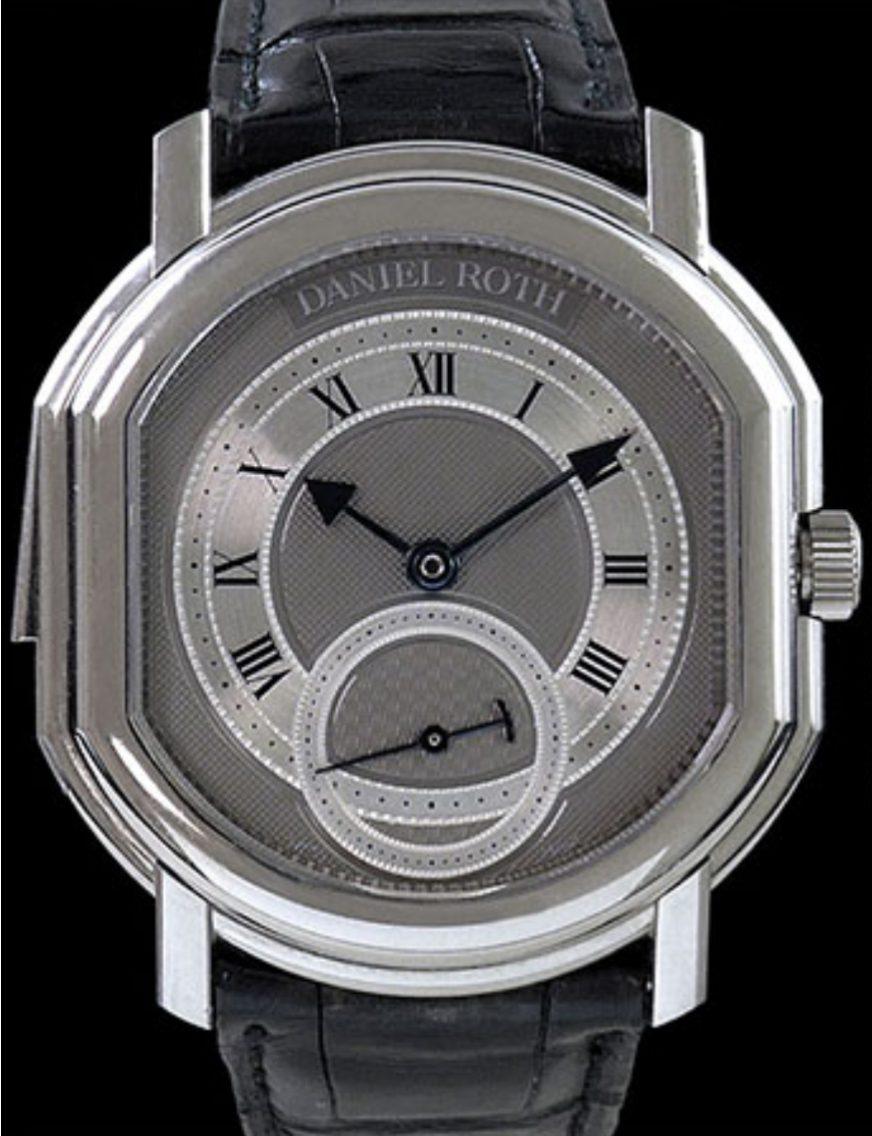
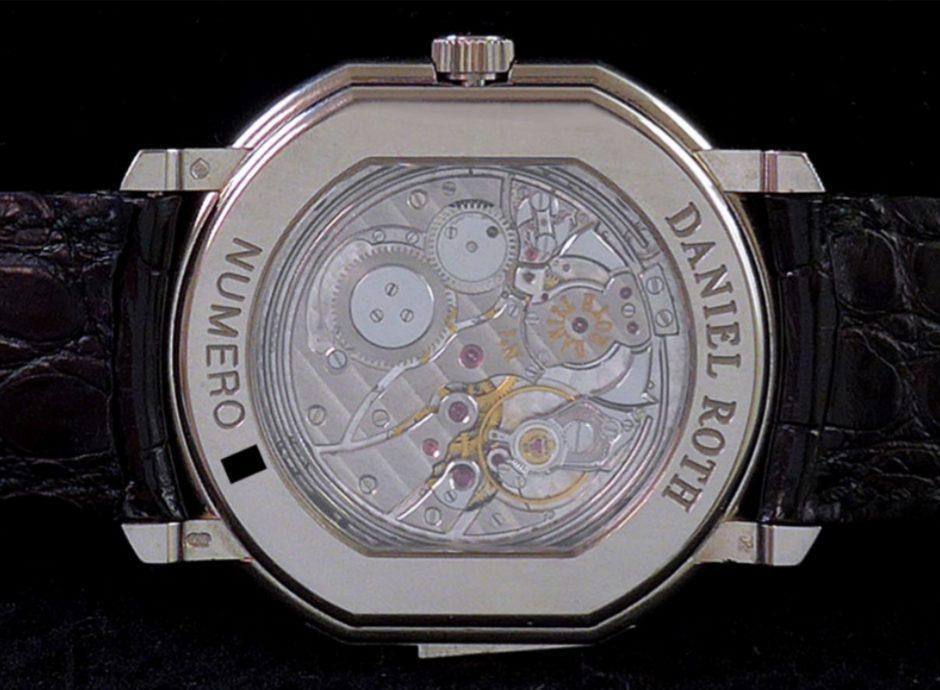
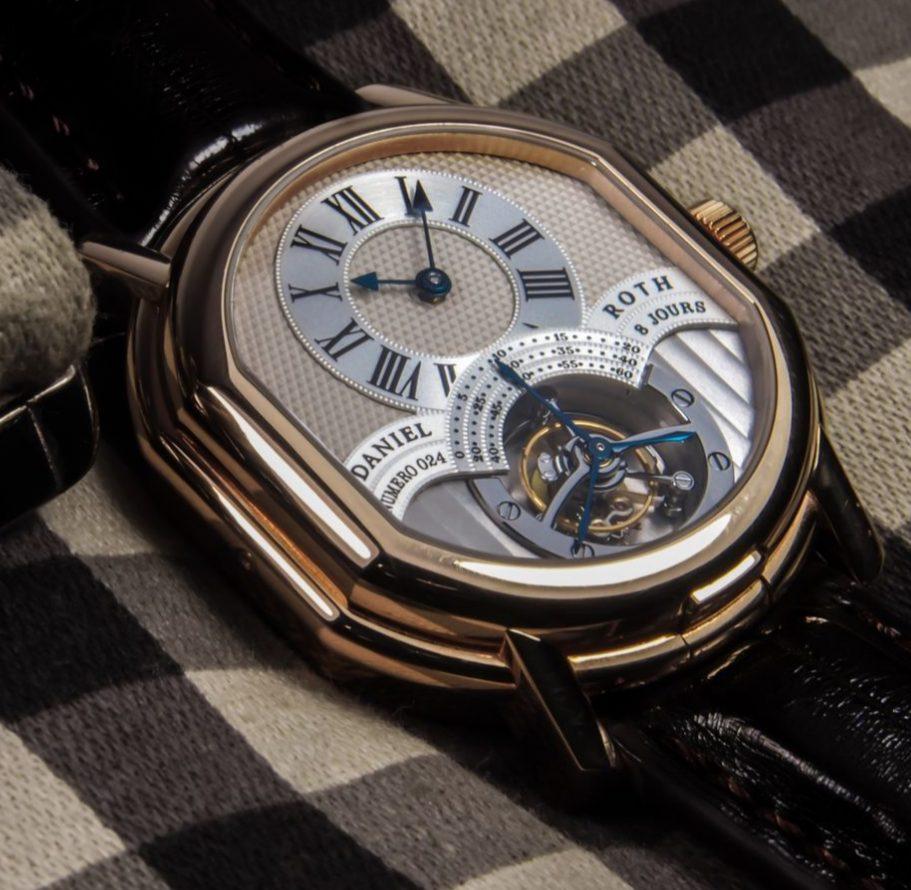
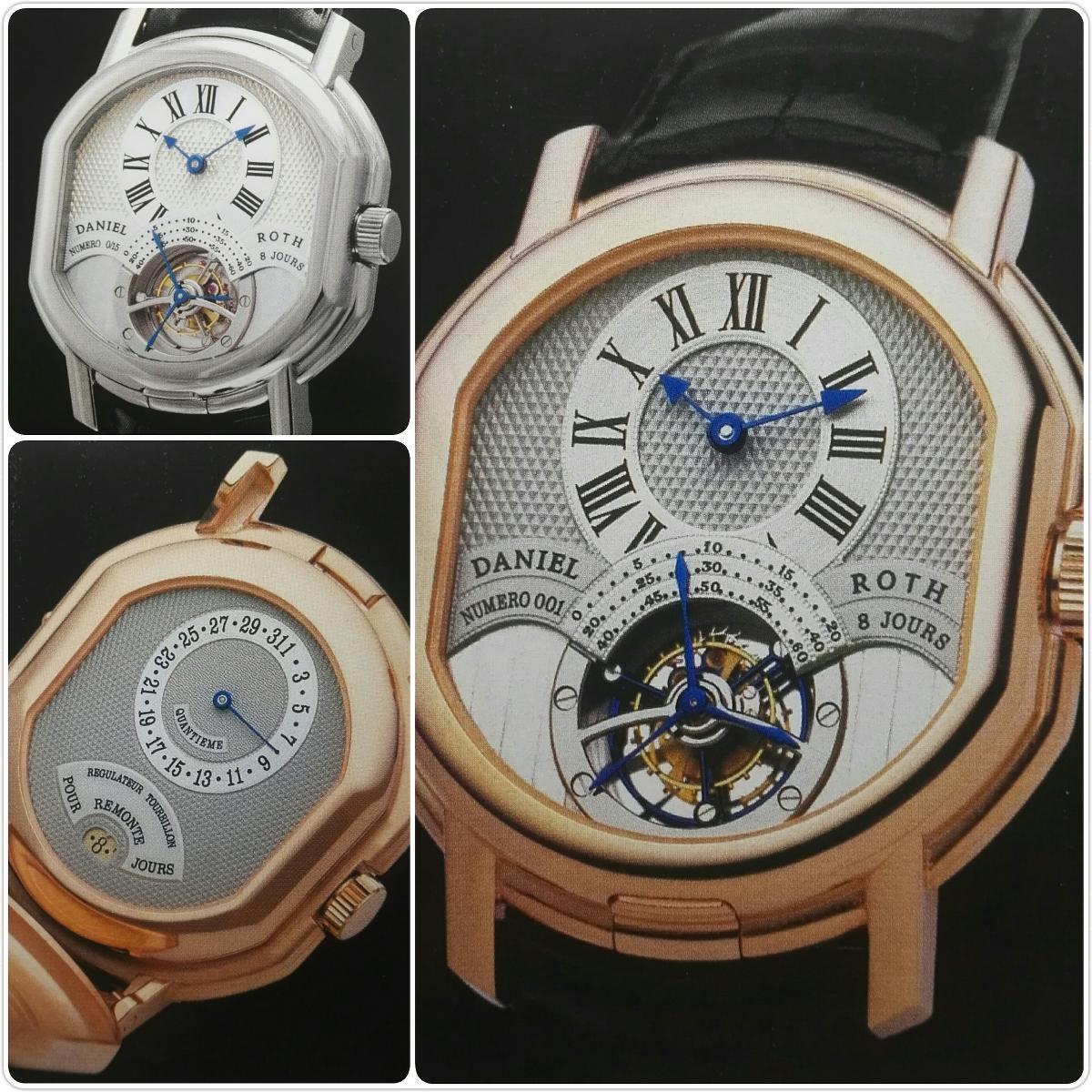
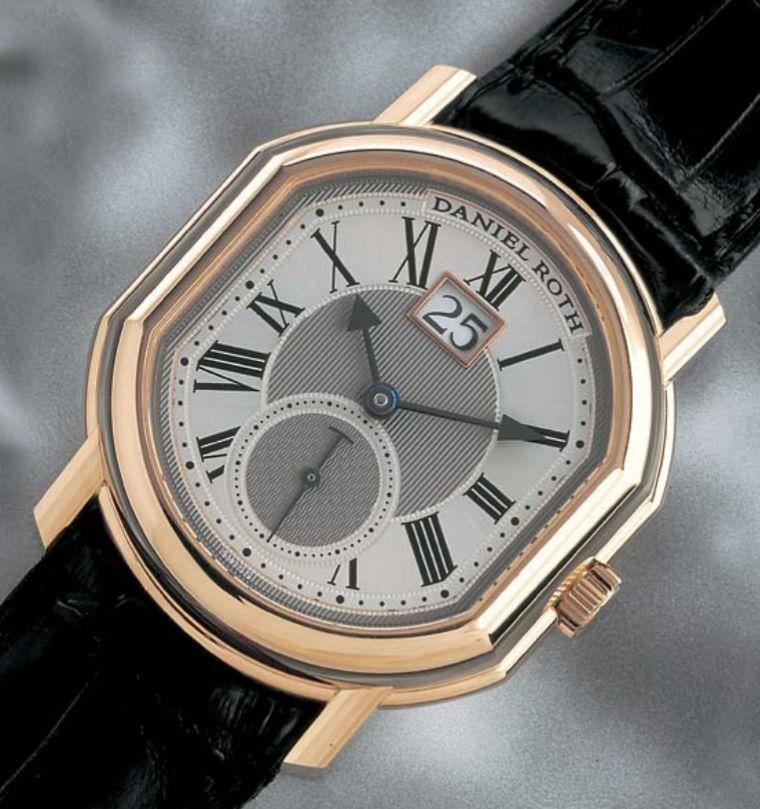
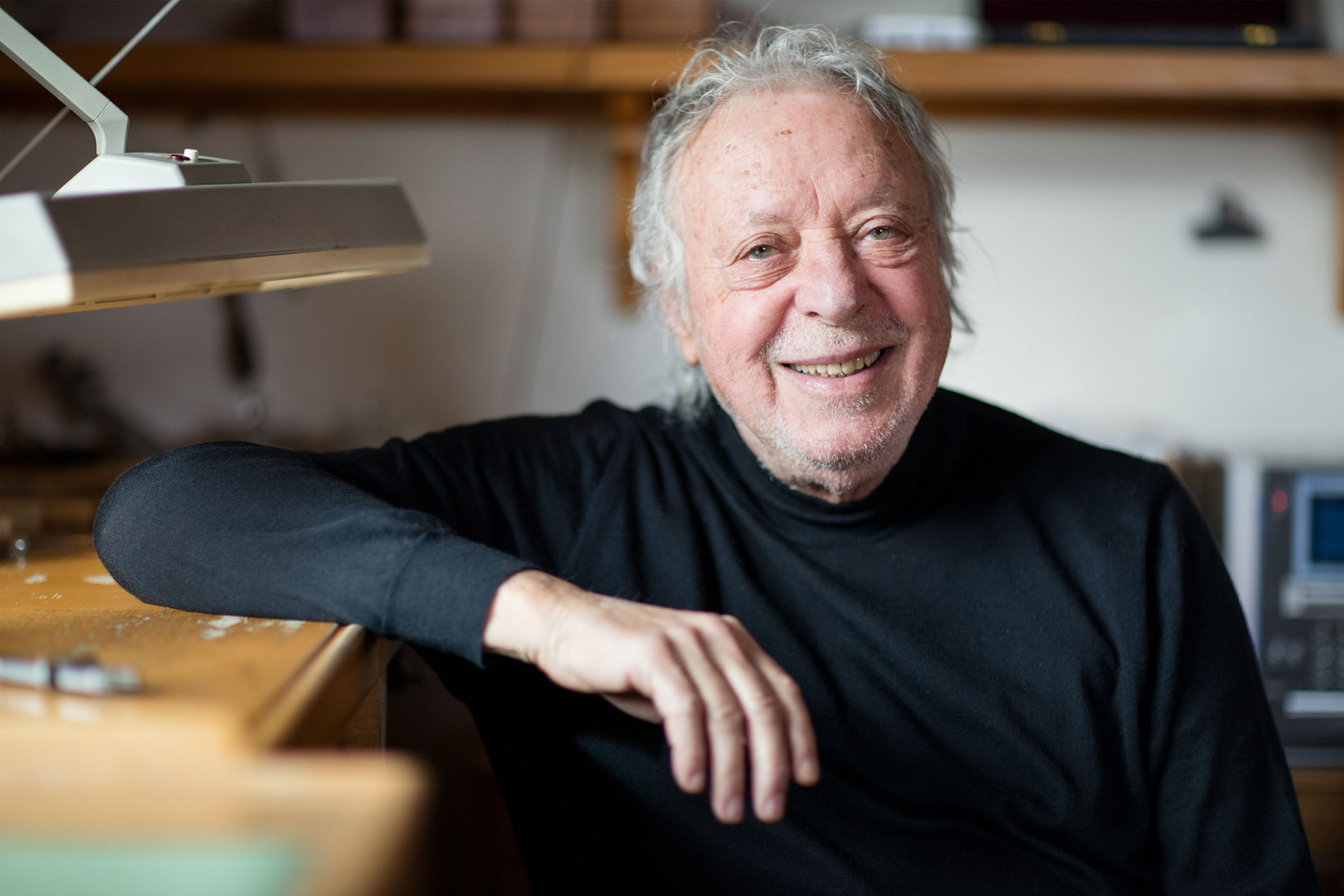

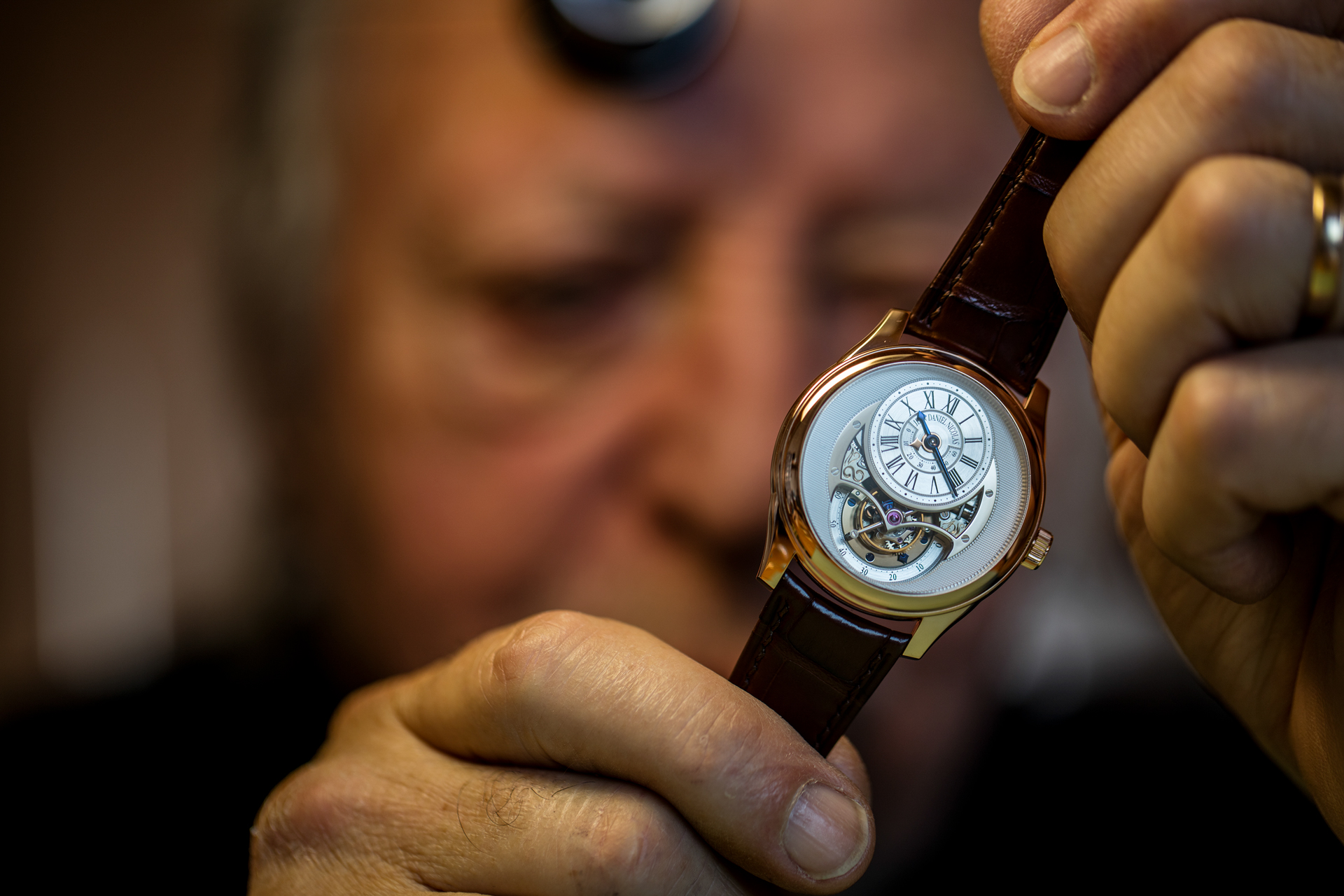
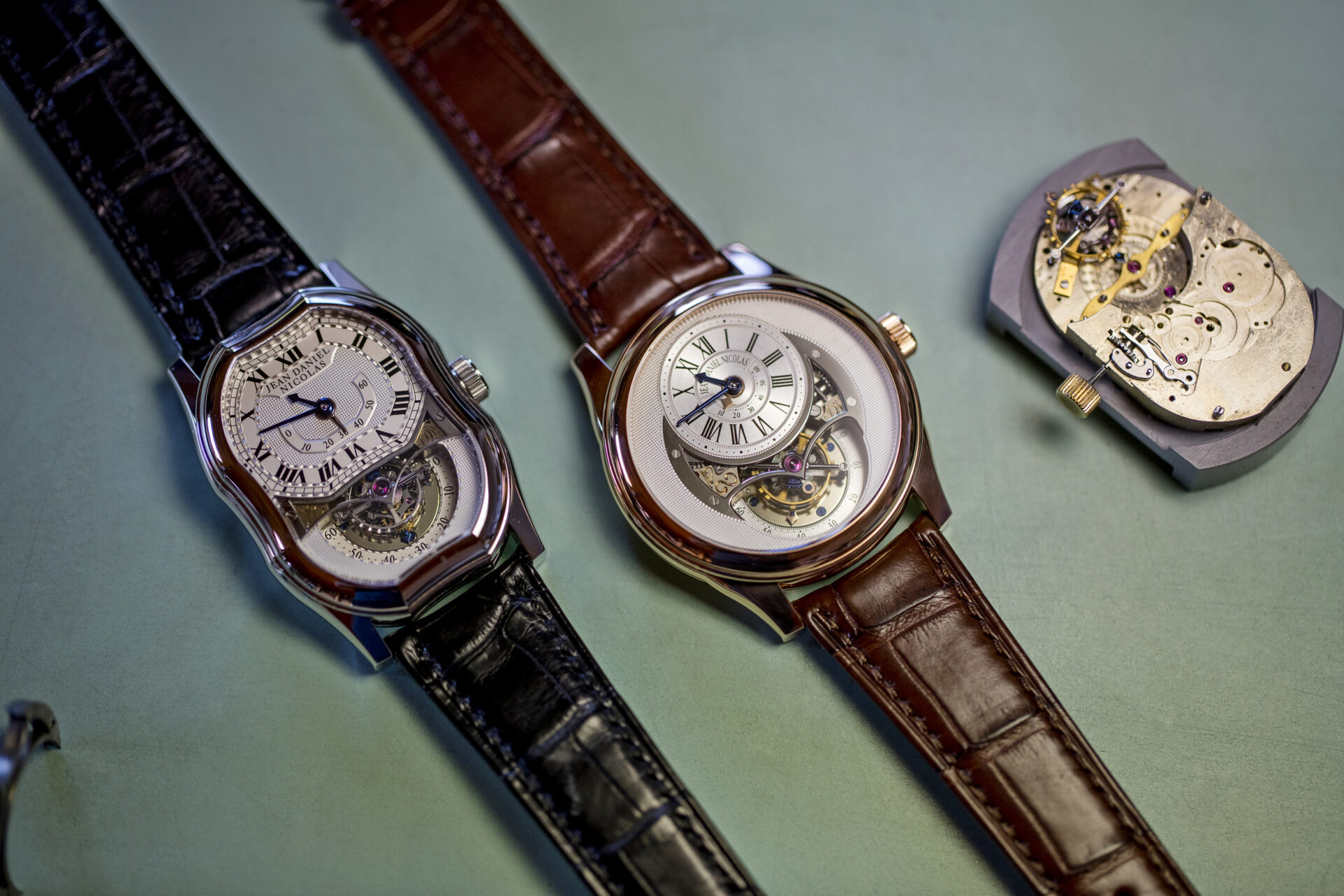
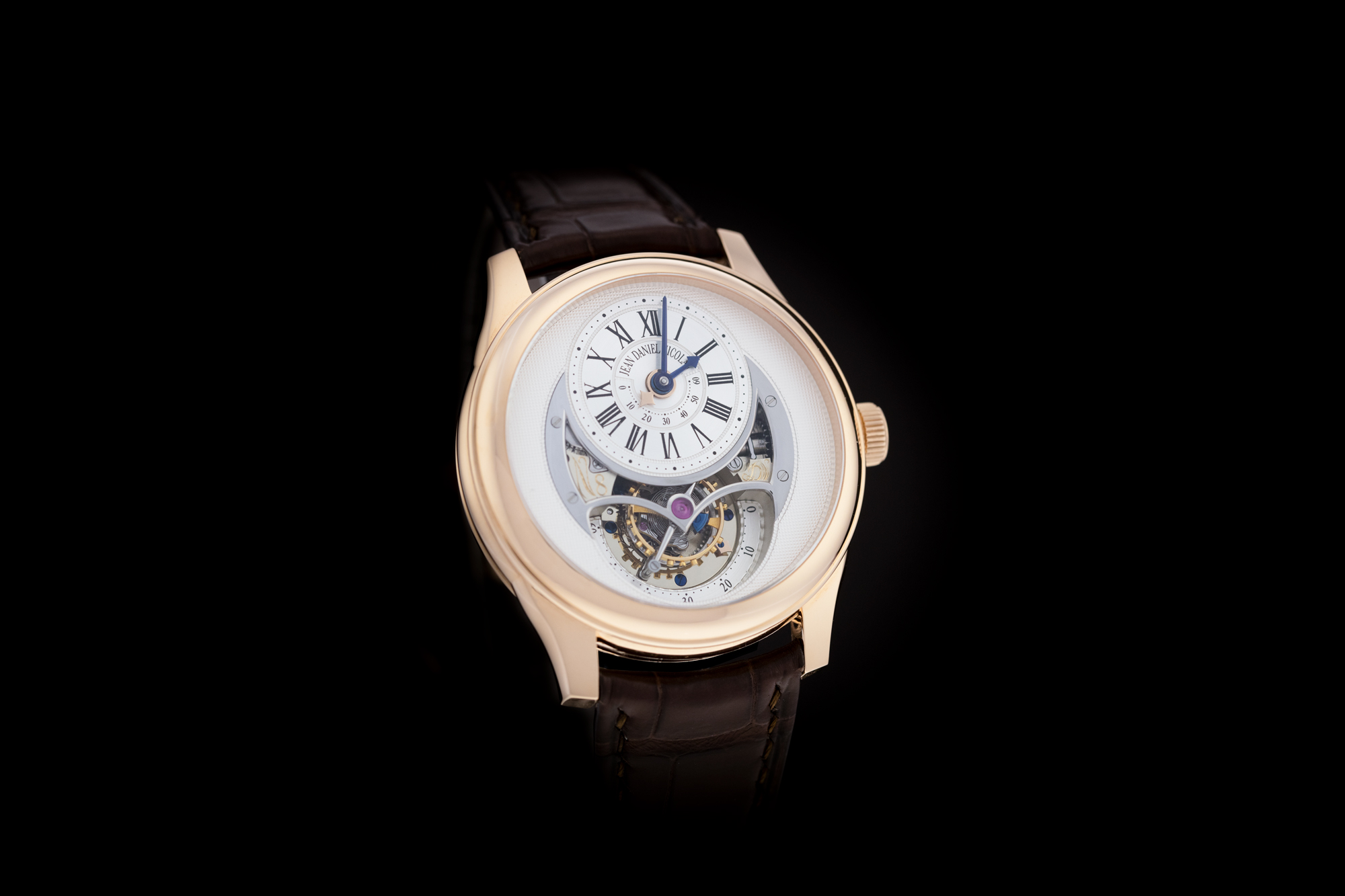

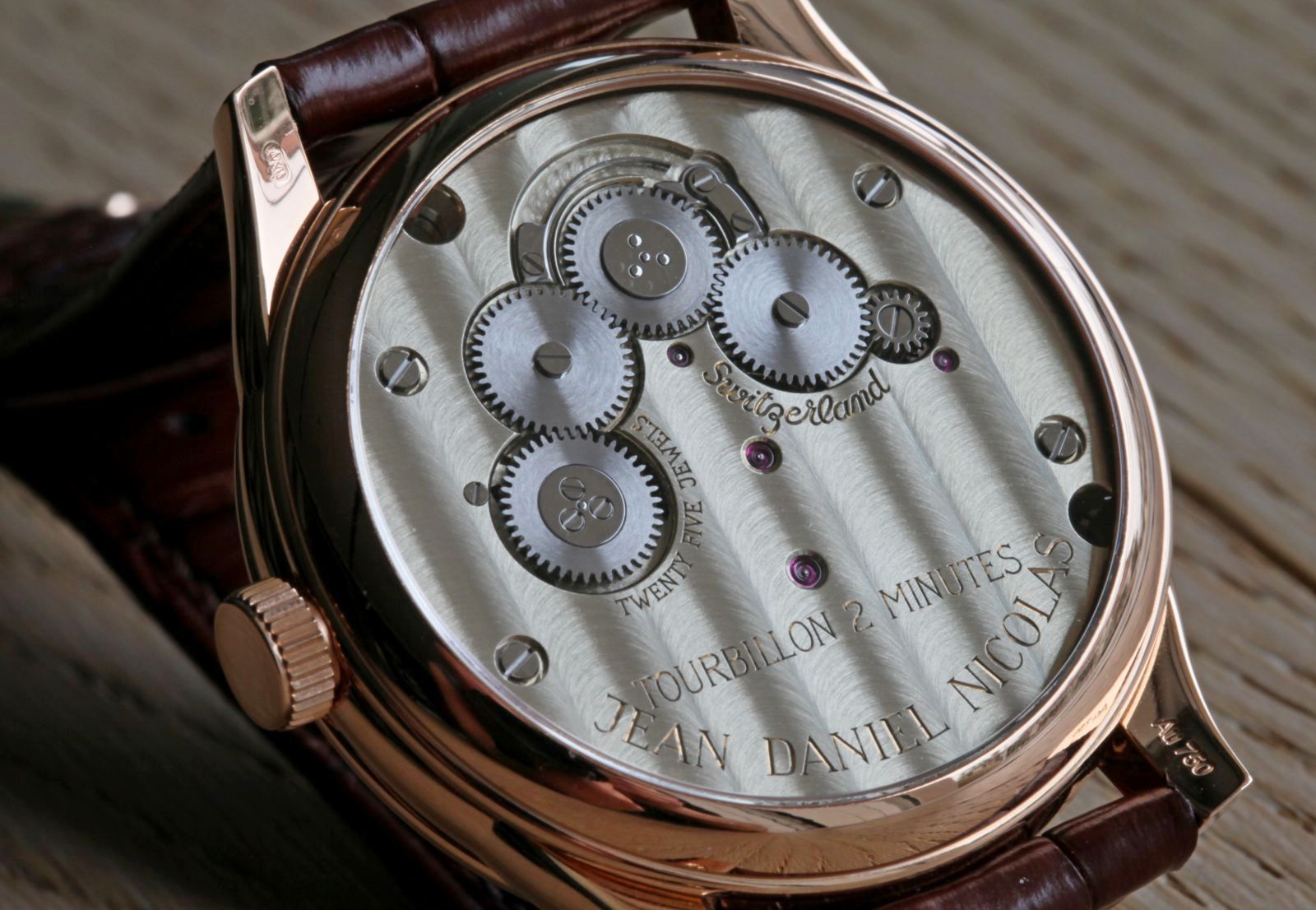
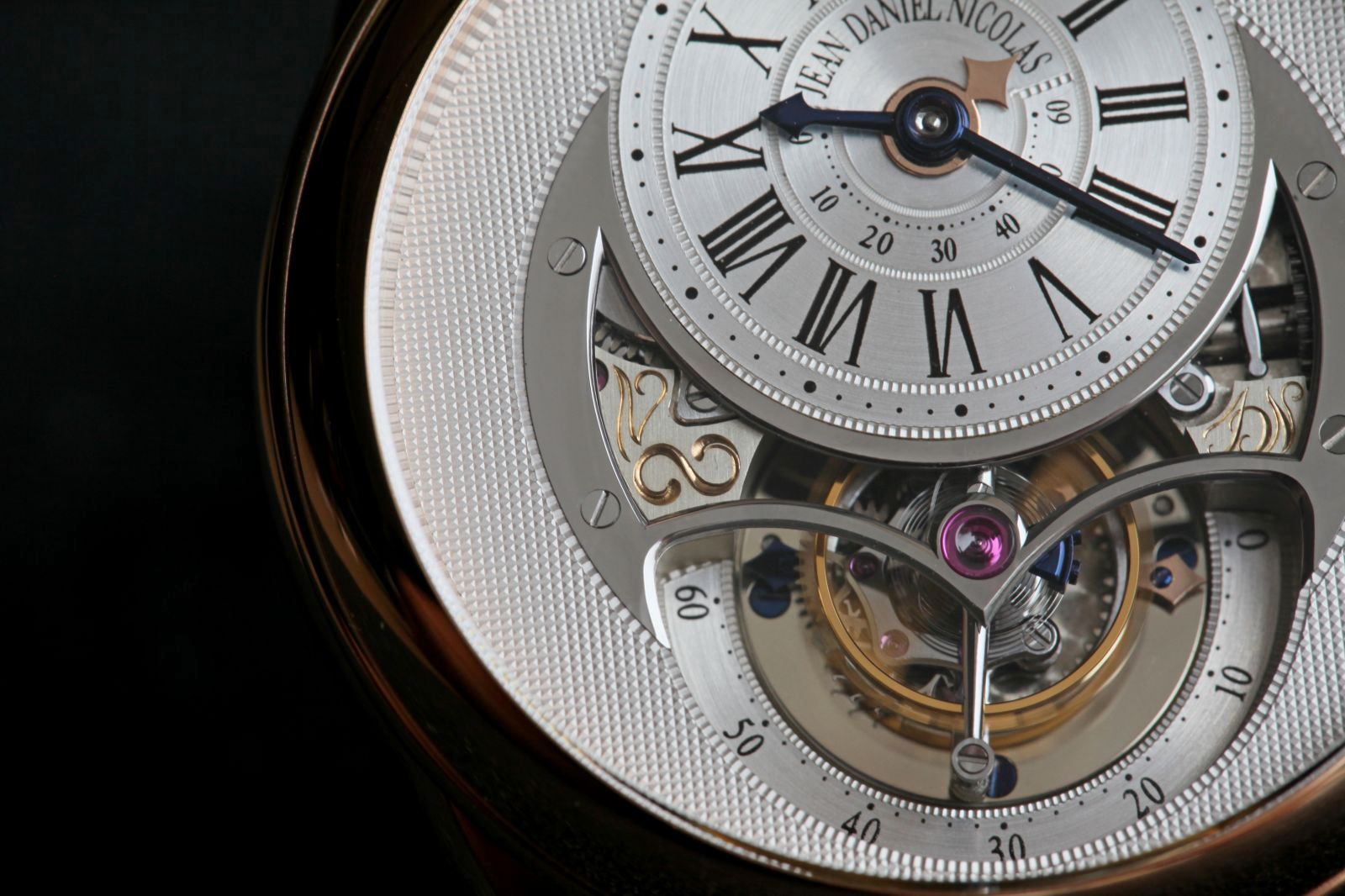



6 responses
Thank you for the wonderful review. Very informative and a lot of useful information.
Wow, fantastic article. Thank you for sharing it, very good job!
This is an excellent history of Daniel Roth. Thank you Monochrome for publishing this piece.
What a bunch of unattractive but beautifully made watches ! Not one of them is MY cup of tea , I would have to ch24 the lot, if I inherited them, that could never happen, but just saying. This will be a guide book for those who are interested.
After seeing Daniel Roth’s work I need to sit in the back of the bus! what a master watchmaker!!!!
Did Roth ever do a series of watch for Tiffany and Company